
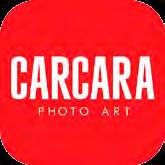

EDITORIAL
EACH TIME MORE ART
Contemporary photography is plural, kaleidoscopic. Photography, to write or draw with light, as the origin of the word elucidates, is getting increasingly closer to visual arts. So we face the question: what is photography? We selected what some photographers say.
Daniel Dayan: It is the register of the fact, at the moment it happens, it is the register of memory, the expression of a feeling.
Sylvia Diez: An instant/feeling immortalized.
Henri Cartier-Bresson: To photograph is to target the head, the eye and the heart at the same time.
Ansel Adams: We don’t take a photo only with a camera; to the photographic act we bring all the books we’ve read, all the movies we’ve seen, the music we listen to, the people we love.
More definitions can be found in the book “43 frases de fotografia para inspirar”, by William Lima. http://landing.falandodefoto.com.br/acesso-ebook-frasesfotografia/
We can conclude with no mistake: photography is pure art.
CARLO CIRENZA

A MAGIC LIGHT
We need no effort to listen to the music of the bodies photographed by Luiz Garrido: a Gymnopèdie from Eric Satie, a Bach from the Area of Fourth Cord... And the bodies –something from marble sculptures – move languid and sensually. Can it be the magic light of Garrido, that he studied so much in French impressionists’ portraits? The one that extracts the soul of the character in each portrait? Garrido is a master in portraits. He photographed Tom Jobim, Oscar Niemeyer, Lula, Jô Soares, Hitchcock, Gina Lollobrigida, Alain Delon. Garrido is also a master of lighting, as one can see in each of the bodies from this shooting. He studied at École Nationale de Photographie Française. He started in 1968, in Paris, at the branch office of Manchete magazine. In 1969, Garrido met John Lennon and Yoko Ono and was invited to come with them to London and Amsterdam for the world peace campaign they were promoting. He shot for Vogue, Interview, Claudia Moda, Moda Brasil, Elle, Playboy, Big, GQ and Photo.

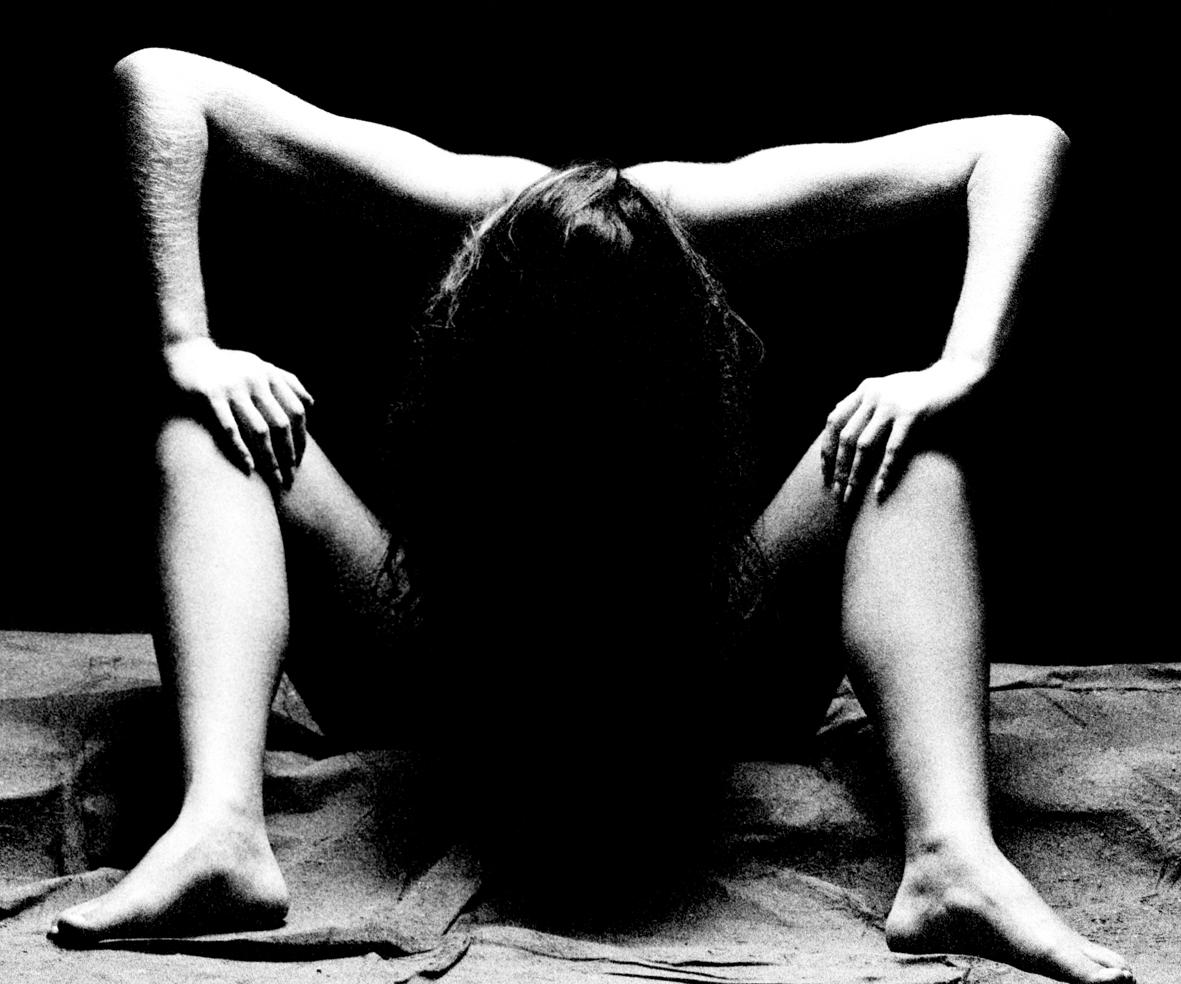

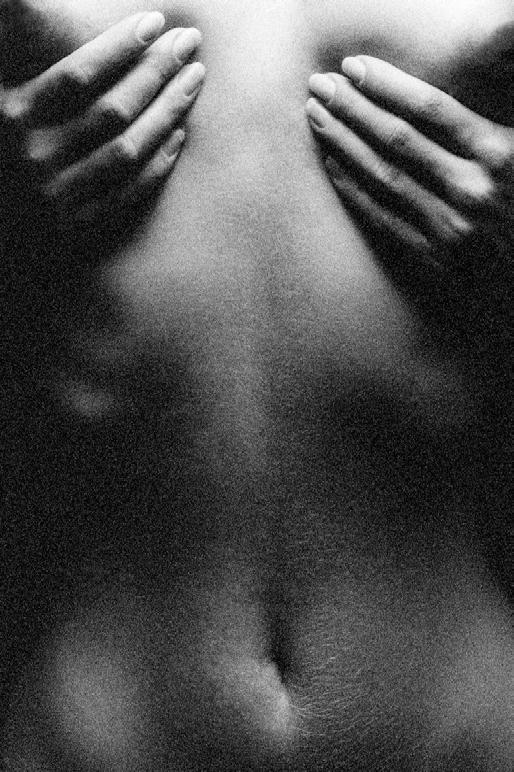
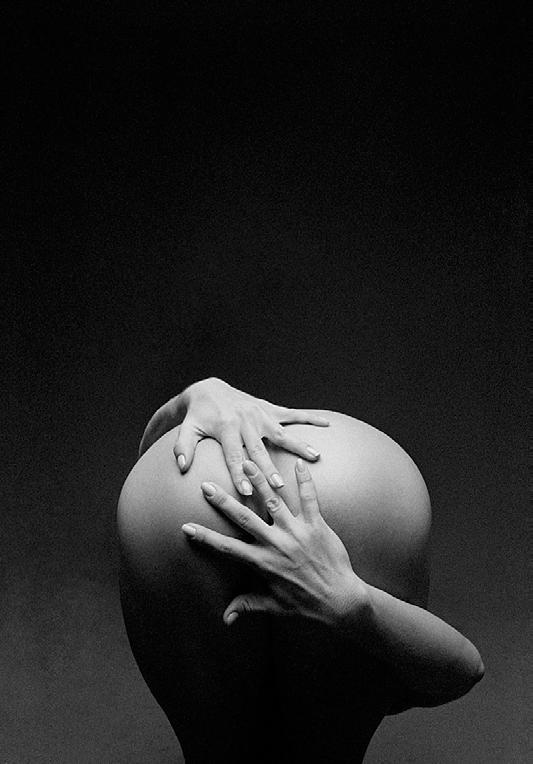

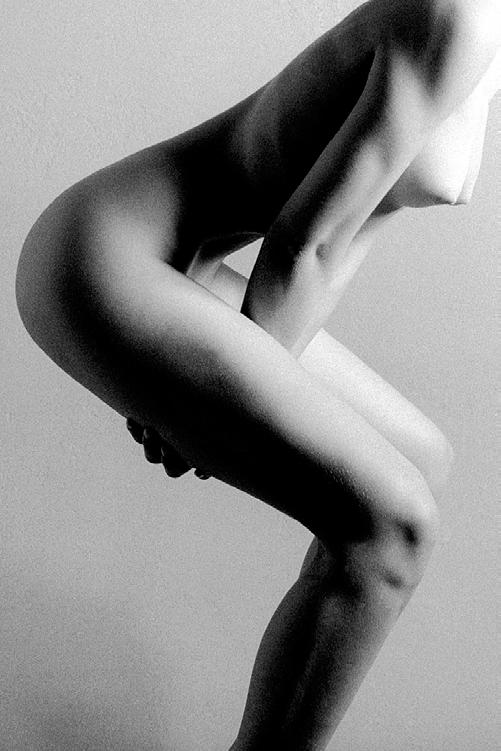
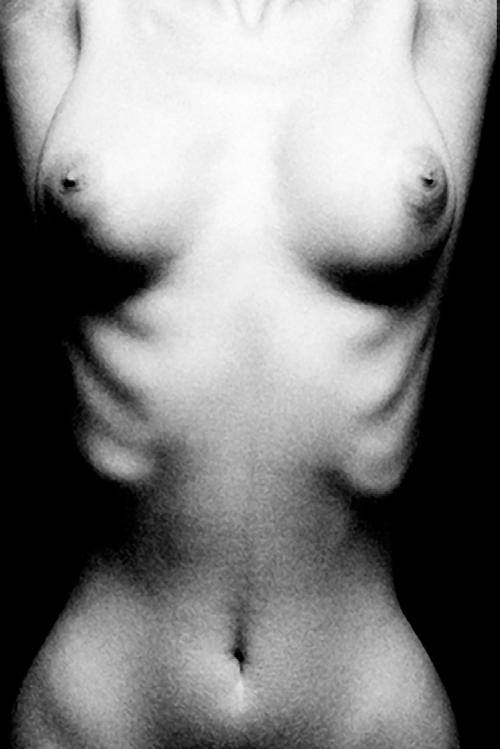
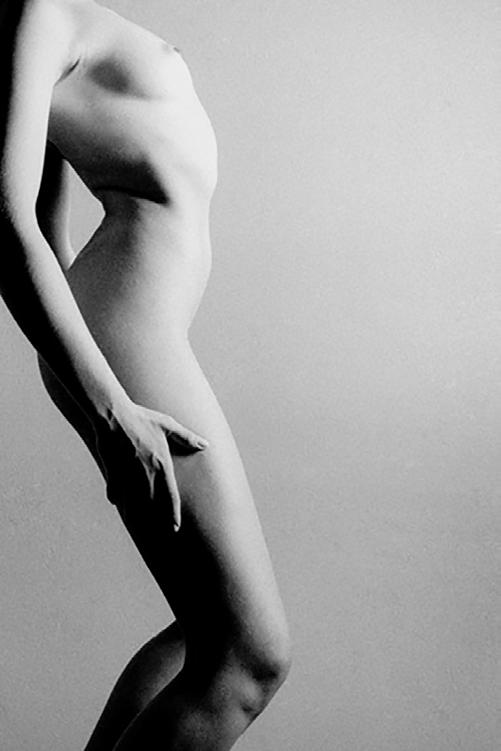
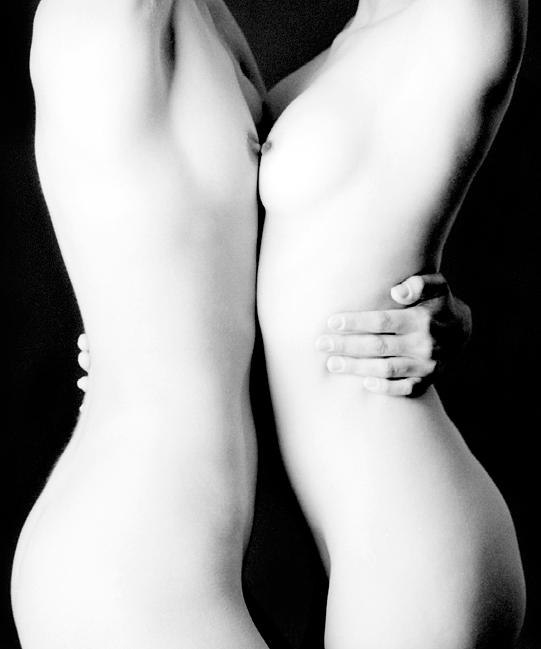


VAN GOGH’S COLOR AND HEAT, NO ANGUISH
Bob Toledo creates landscapes so that we can visually penetrate them. The camera passes fast. The created landscapes, however, are there, waiting. Because they bring Van Gogh if they are not distressing. The difference is at the image: the work of the camera and of hands brushstroking; a quick click, the tensions of thousands of movements over the canvas. The similarity is in the pictoric esthetic and in the heat. Bob Toledo develops a fluid, friendly, reflexive language. Just the opposite of Van Gogh. He has been photographing since the 1970’s for TV Cultura, Veja magazine, Jornal da Tarde, Vogue, Paris-Match, Editora Azul, Interview and ad agencies. In 1993, he was awarded the Profissional do Ano title, from Rede Globo, for directing a series of ads for Bamerindus bank called “O tempo passa”. In 1998, he photographed, in India, the Kumbh-Mella, world’s biggest religious meeting, and exhibited at Centro Cultural Citybank, co-sponsored by Kodak. His blog: http://vanitasbobtoledo.blogspot.com.br/

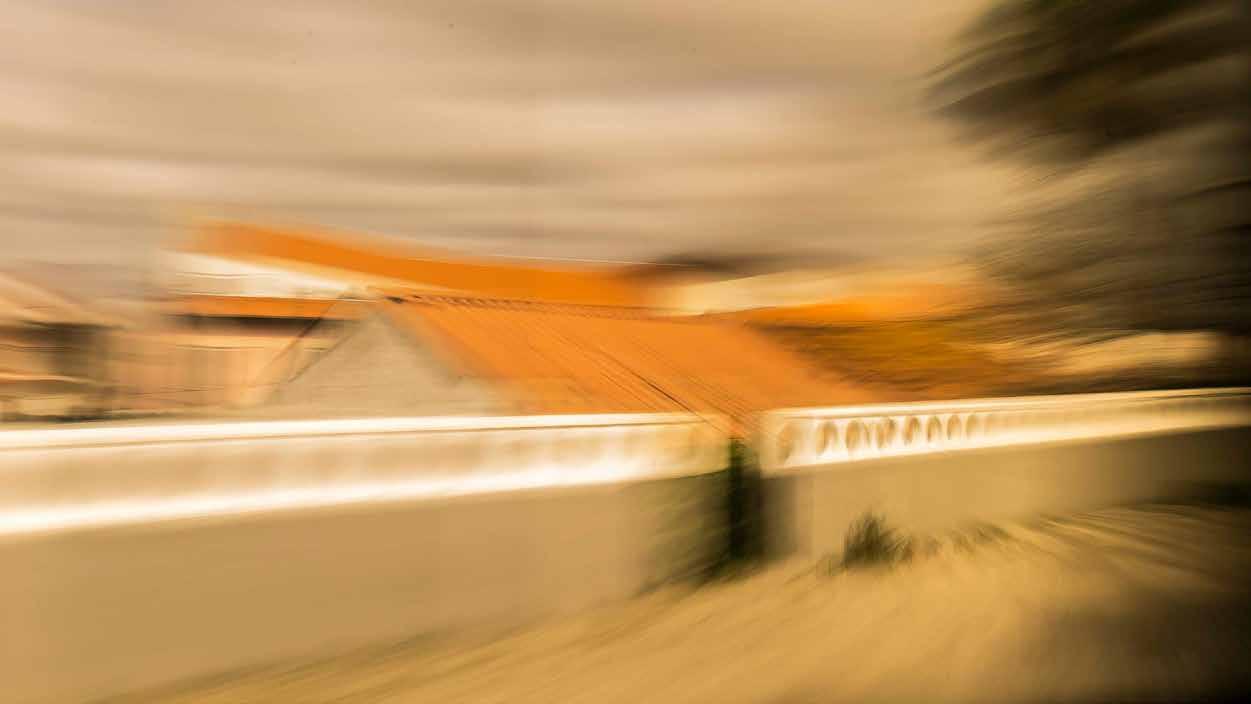


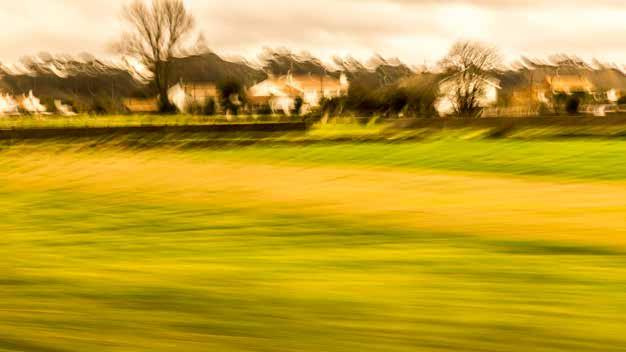



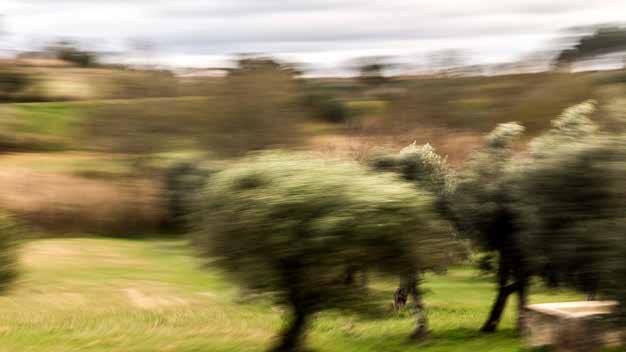

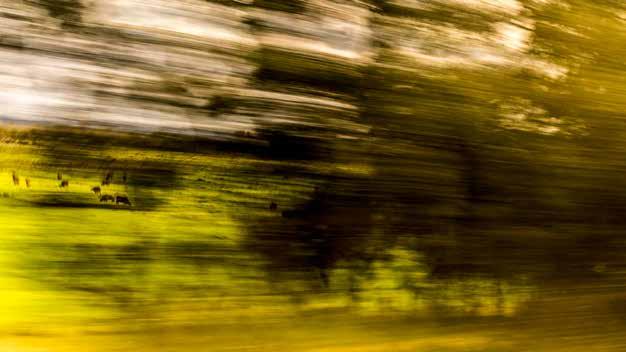


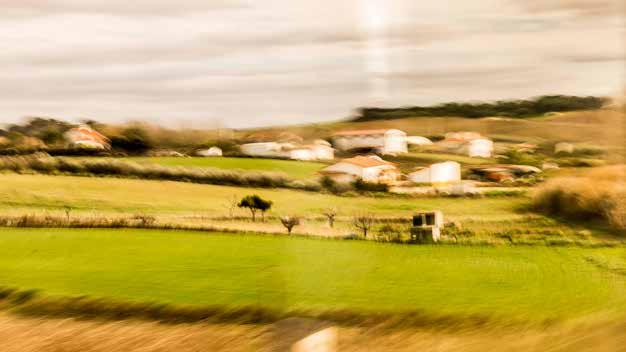
INTROSPECTION, INCOMMUNICABILITY, ISOLATION
Imprecise gestures ask for decoding. But they are a proposition of interaction with a seeking look. Daniel Dayan registers gestures that trouble our imagination. There is agony in the gestures Daniel Dayan proposes. A vital agony. An expressionism close to Bacon, the painter. He argues: “what propelled me from the beginning was the fascination with light. How it can completely determine a situation. [...] When I started my authorial work, I looked for introspection. [...] Incommunicability and isolation are ideas that are always present.” He was born in Sao Paulo in 1960 and has been working with advertising and design since 1981. “I currently divide my work in three segments: commercial, demanded by a client (danieldayan.com.br); image production for decoration (danieldayan.com.br/fineart); and my authorial work, where my desire for expression is the engine.”


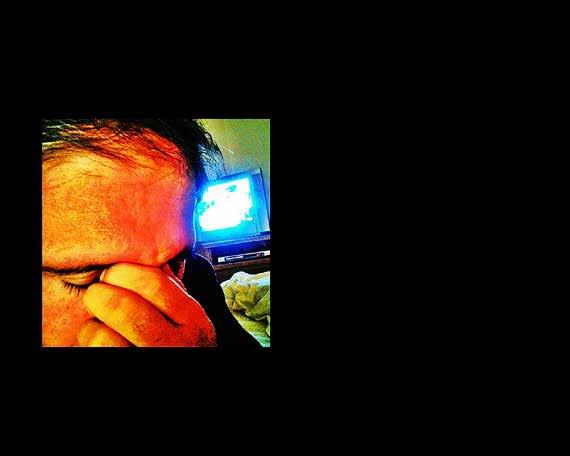
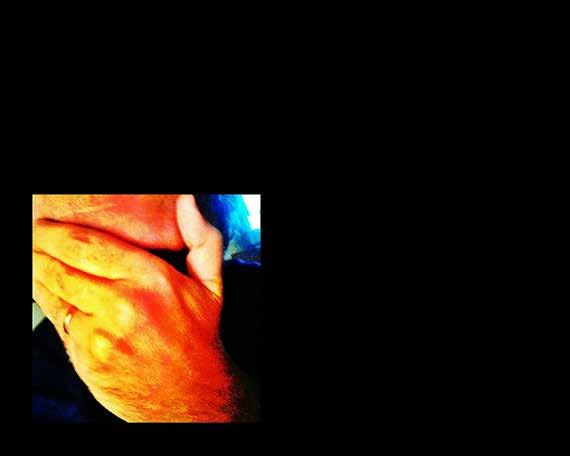
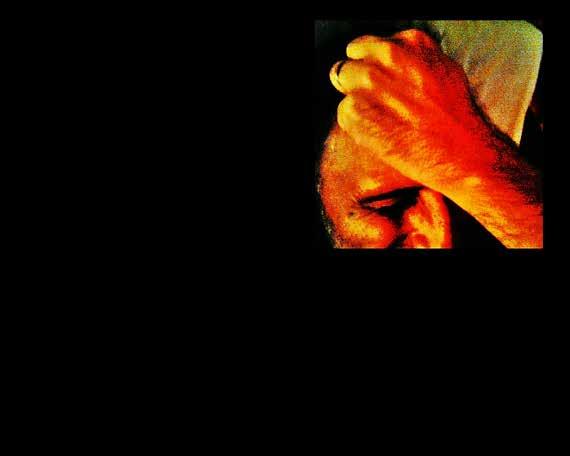



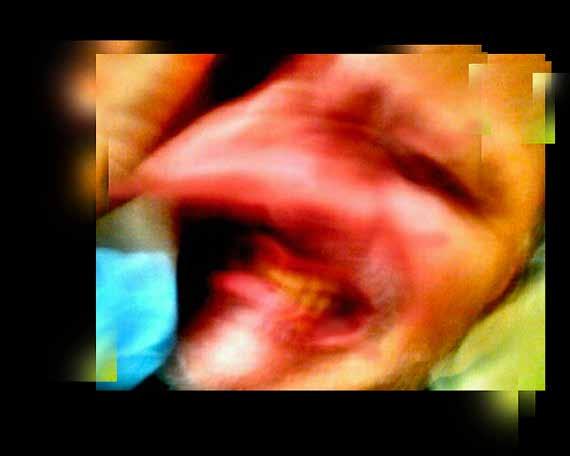
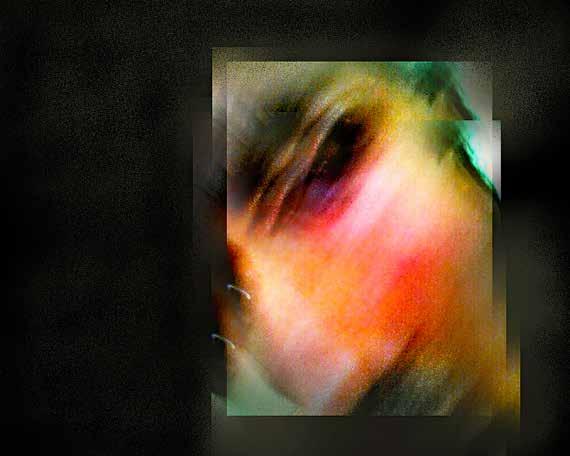

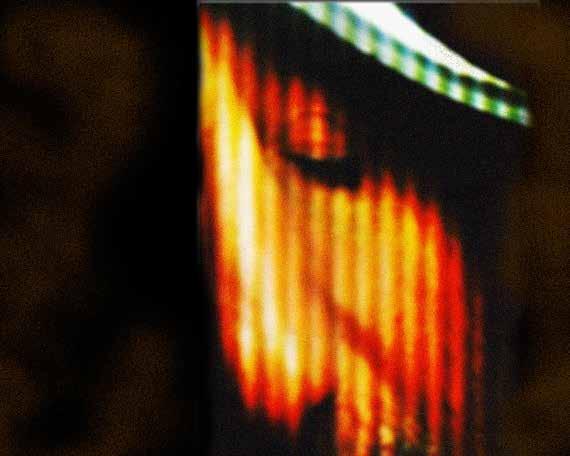



UNVEILING INTIMACIES
An attempt to penetrate the impenetrable. Movie spectators turn into characters. Bakker goes deep in his indiscretion, poetically blunt, aesthetically invasive. What do these people live, what do they represent? It is for the spectator to answer. In this shooting, Flare, Bakker ponders: “flarestealthily hidden behind the movie screen, disguised as an image, I could see those who should be watching other people’s lives immersed in their own thoughts trance, becoming, unwittingly, victims of my eye, and I, the spectator of the spectators or, even, the voyeur of the voyeurs”. This is Bakker’s look. (See: http://marlosbakker. com.br/projects/?lang=en,Flare) Marlos Bakker was born in Rio de Janeiro, 1971. He studied Visual Communication at Universidade Federal do Rio de Janeiro and took courses of photography, painting, design and art history at Scuola Lorenzo de Medici, in Florence, and at University of California, in Los Angeles.

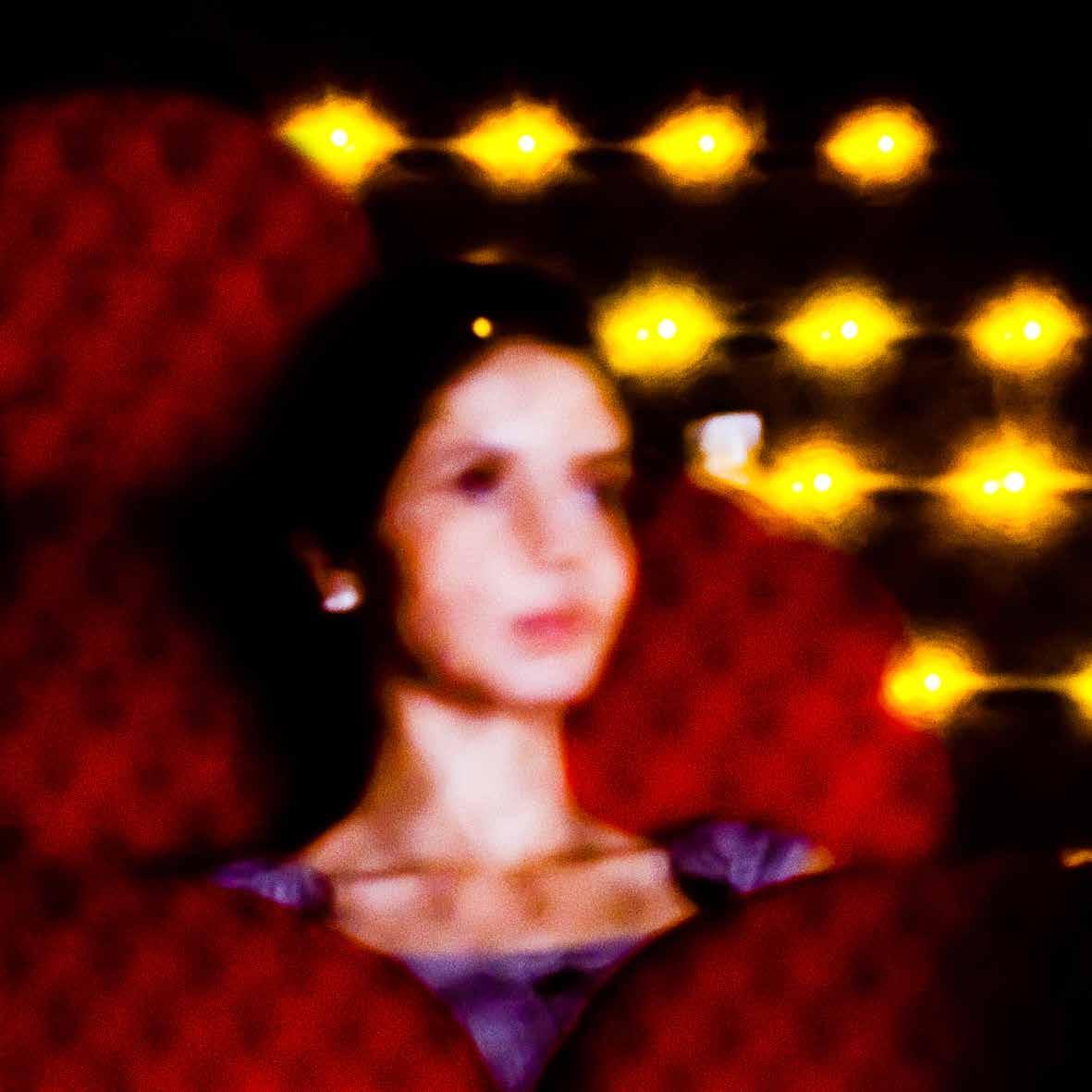
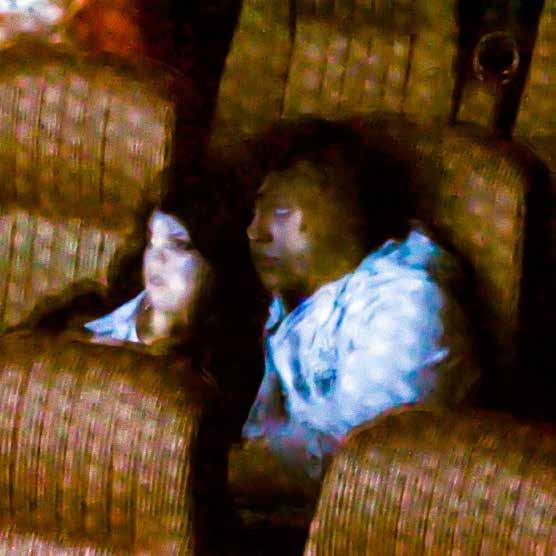

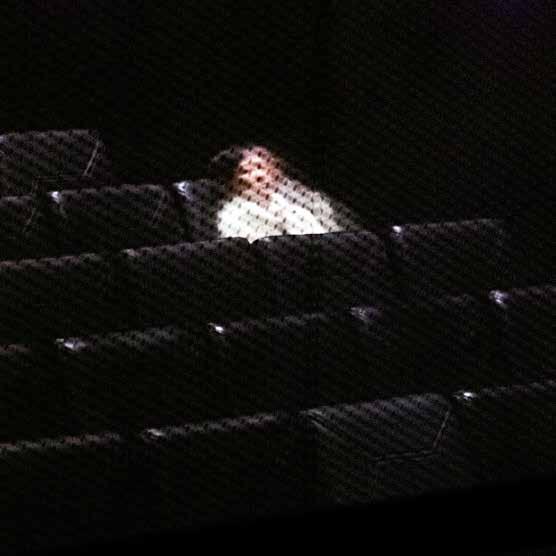
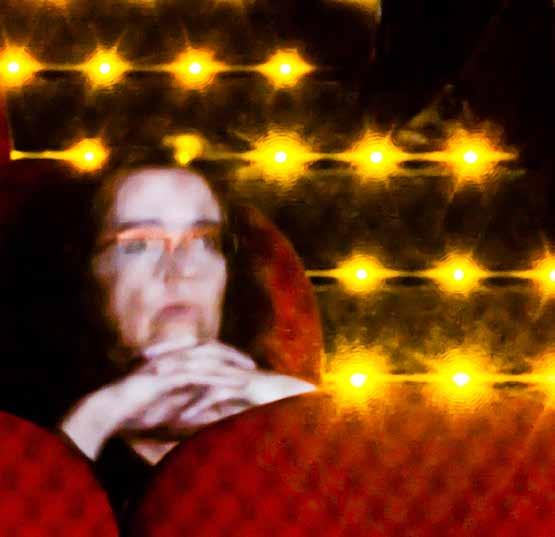

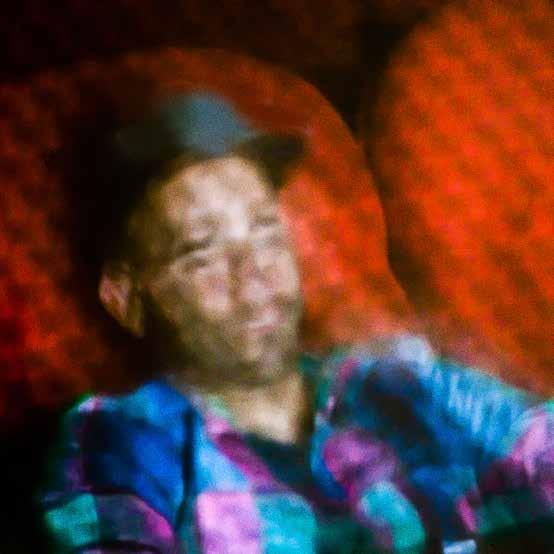
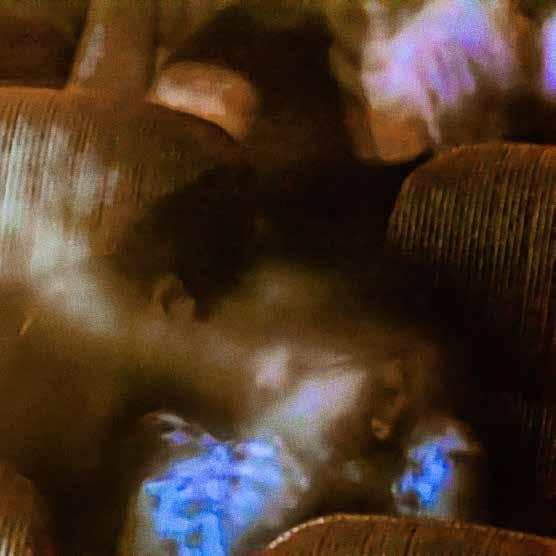
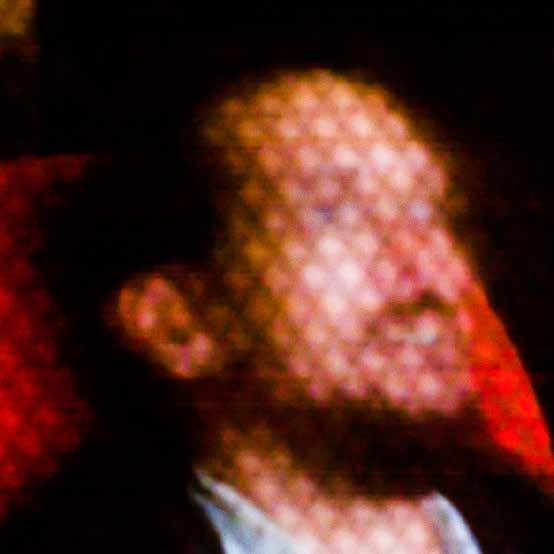
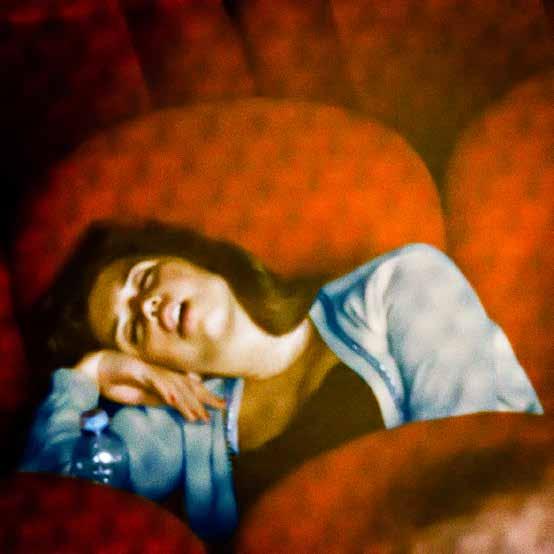
Drago is a master in the use of colors. Beyond a refined framework technique, Drago searches an adequate color and creates an atmosphere of restlessness in his image treatment. He brings the exact color to raise the moment’s emotion, usually one with high conflict and tension. His photos are not only thrilling, but also transpire art.
The series “Em Processo, 2013” amplifies the intensity of real. He gets a drama in each photo. Together, they tell a story which goes a little beyond dramatic. They almost reach tragedy.
But the meaning of tragedy is inevitability. Despite the apparent lack of control, it is not destiny that rule the actions portrayed by Drago. It is human beings mentally in a mess. That’s why we suffer with them, in their attempts to change the world.
Victor Dragonetti, Drago, 25, was expelled from school nine times. Drago would (or will) be an excellent war correspondent. A warning: his extreme worry about angles, frames and light can be fatal.

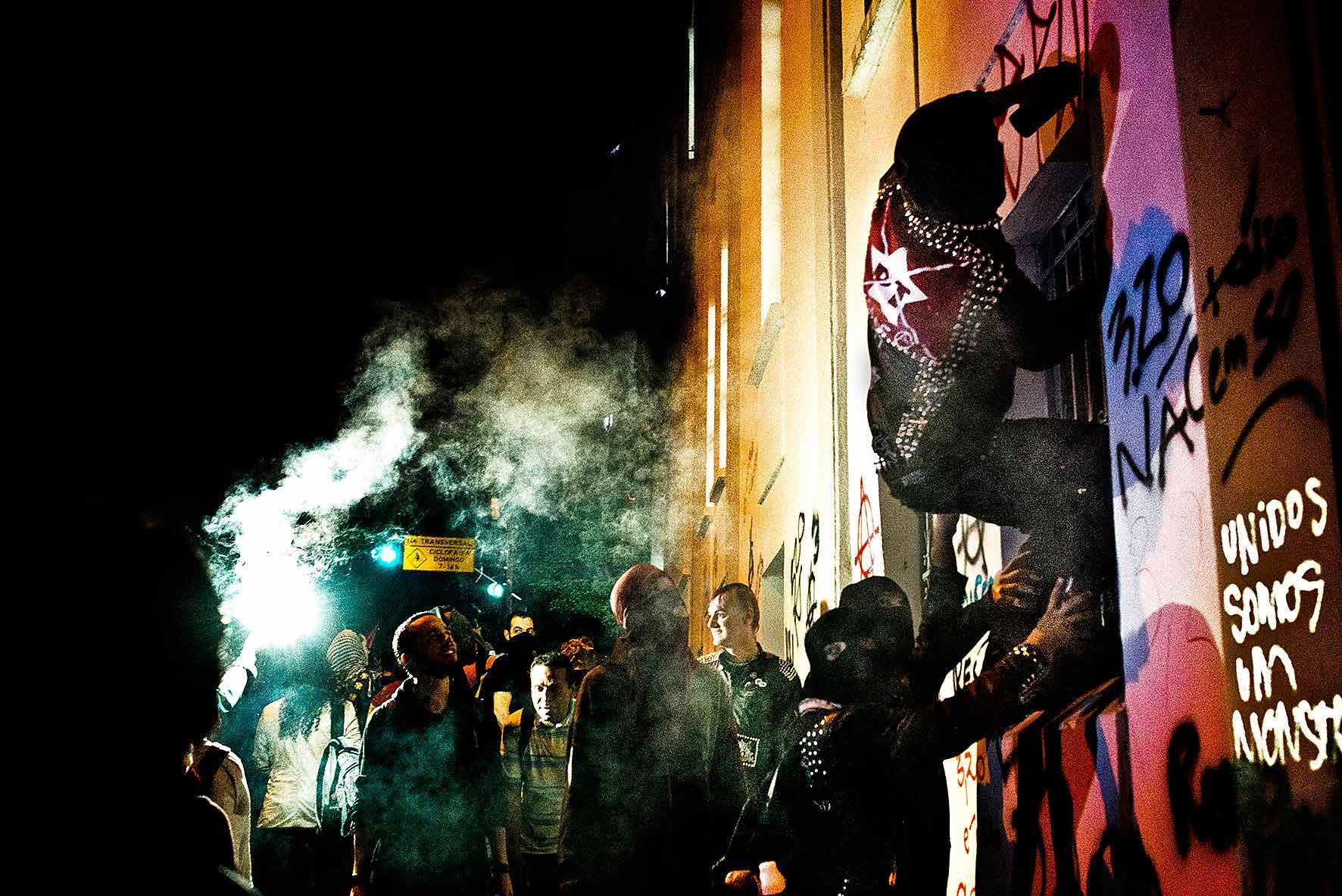

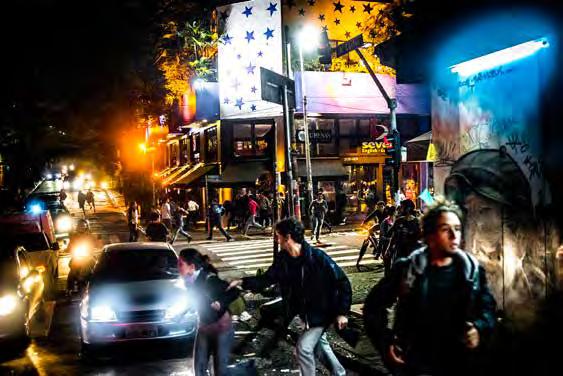

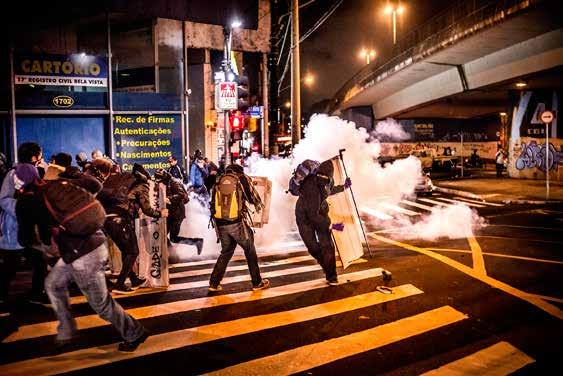
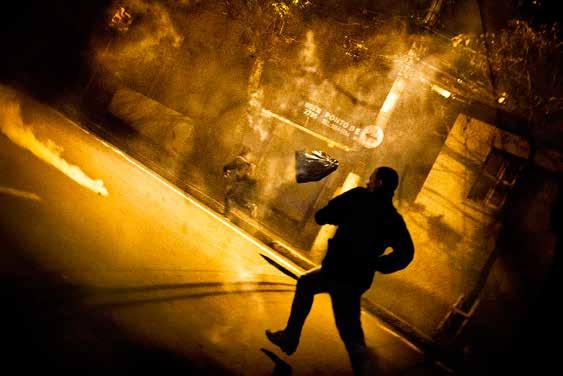

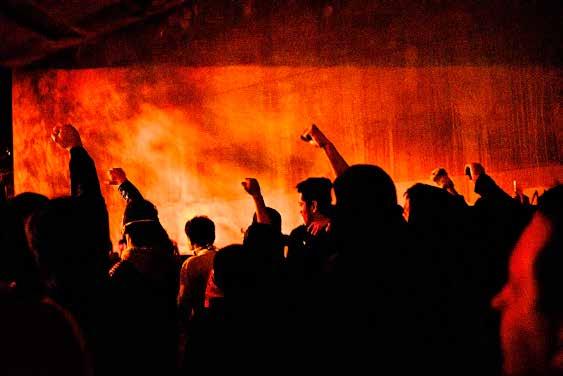
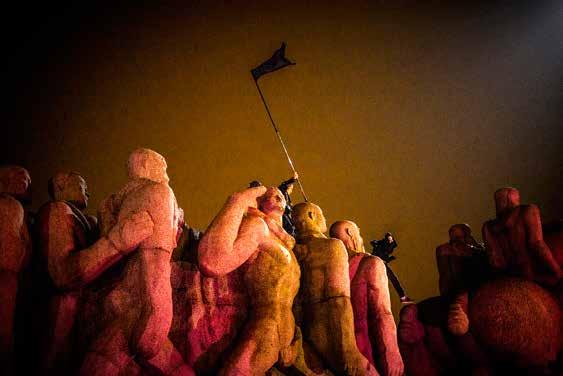
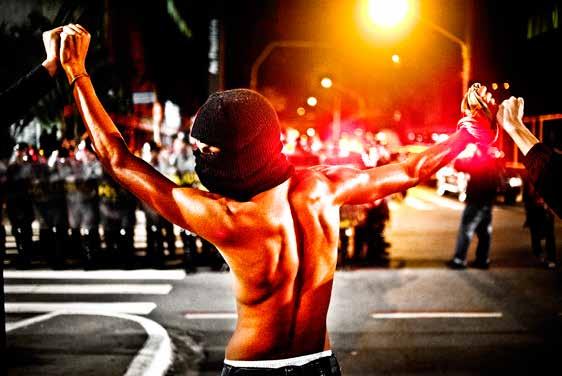
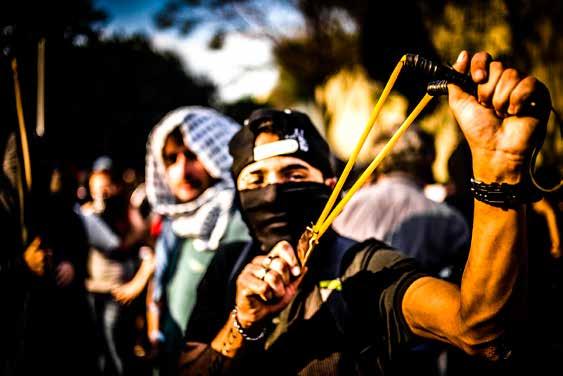

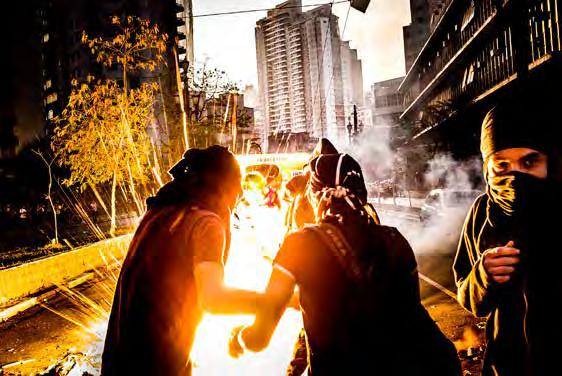
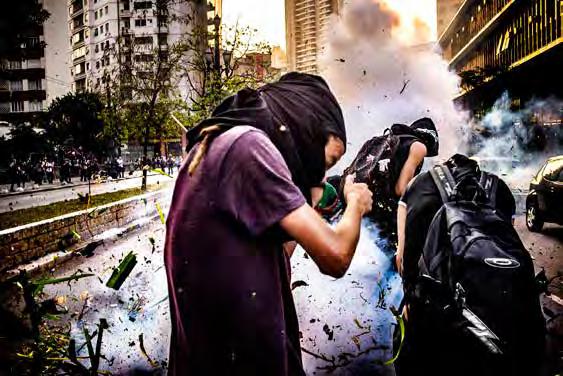
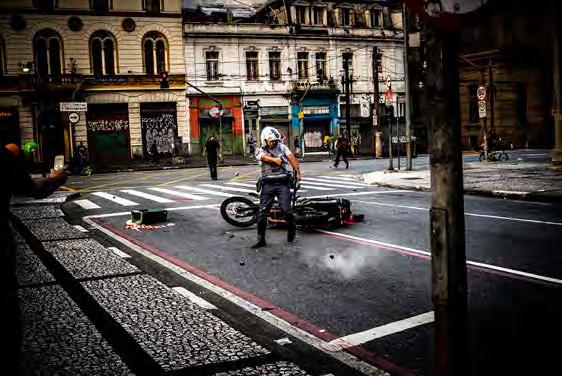

A POLYVALENT ESTHETIC
Fernando Bueno questions the real thing. We can realise that even in many of his advertising photos. But it is in fine art that he excels himself. Each photo inquires the viewer: what do you see? Are you sure? Either in panoramic or details, inside or outside, in the country or in the city: reality becomes memory and so can be recreated at each reading, but not as rereading. His pictures always question. This photographer from Rio Grande do Sul was born in 1954 and started documenting his family at 16. Then he became a journalist, an adman, a professor and an artist. In 1978, he helped to launch The Image Bank in southern Brazil, acquired by Getty Images. “I think 90% of photographers are generalists. Brazilians are experts at doing many things at the same time. Photographers are the same,” he declared to Portal Photos in February 1 st, 2004. His site: http://www.fernandobueno.com/

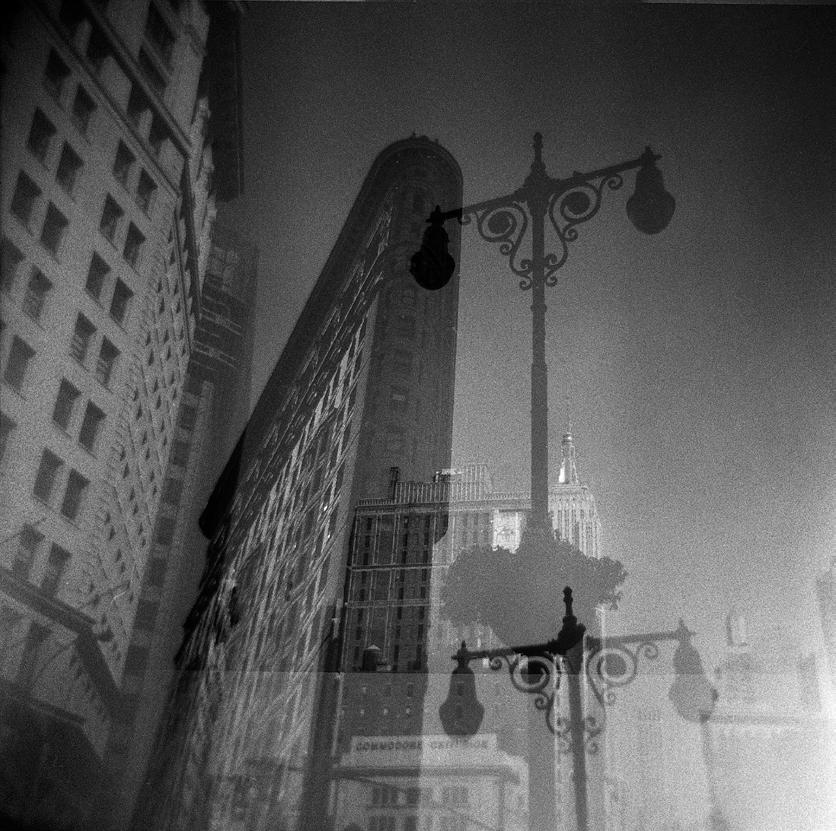
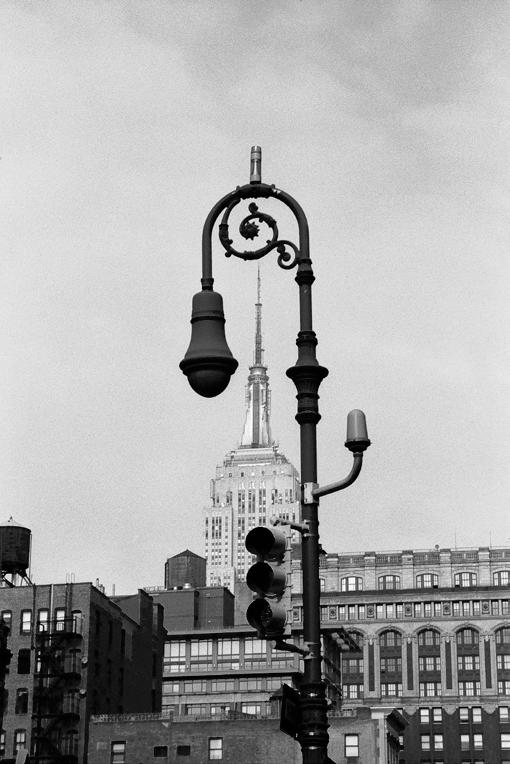

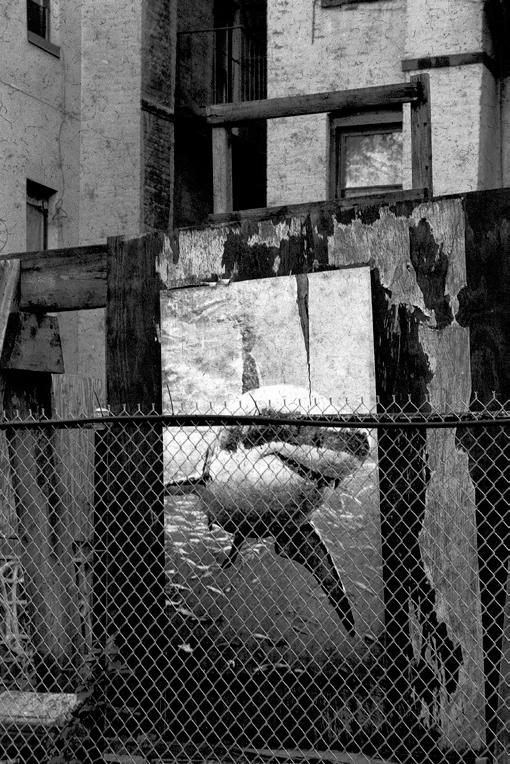



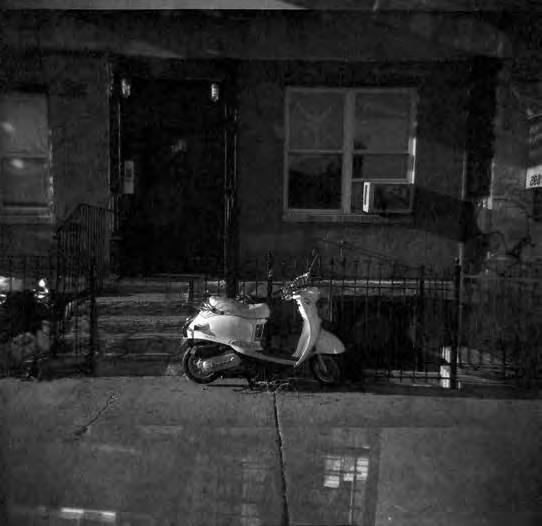
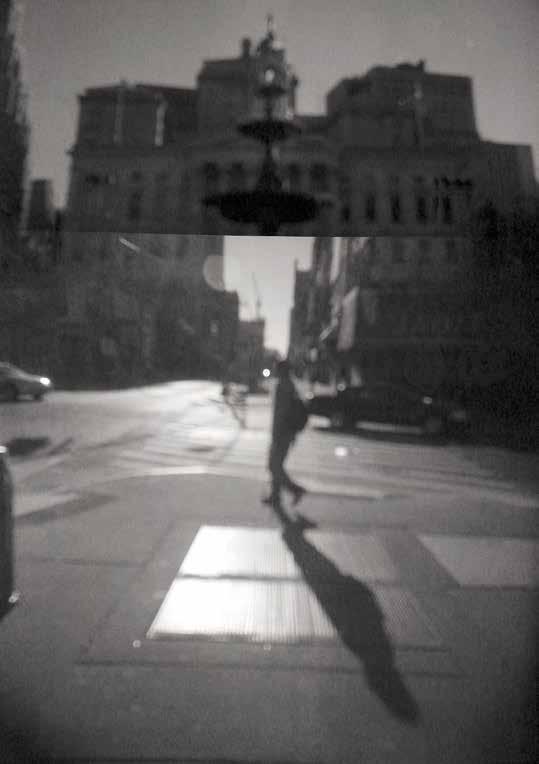
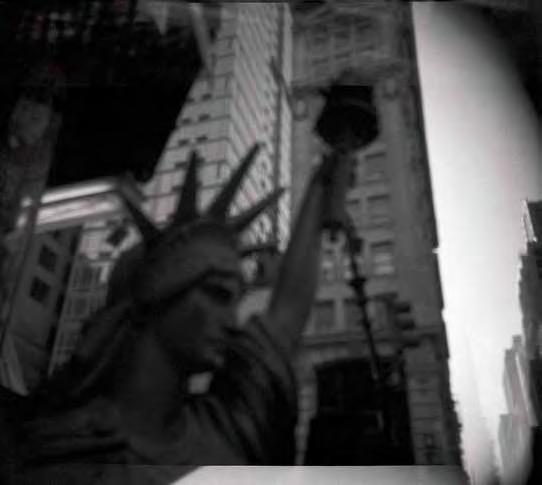
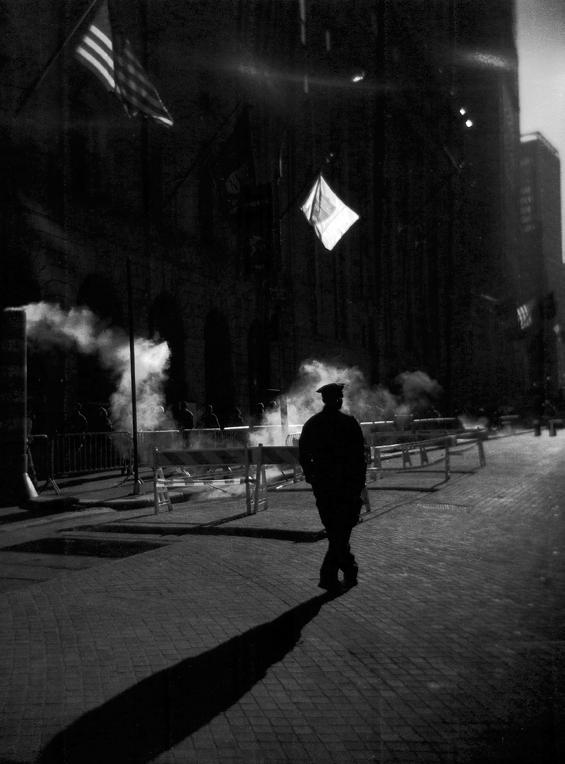
THE DENSE LOOK OF A VISUAL ARTIST
Thomas Baccaro has a special style to capture tensions. When we admire reality, we don’t usually detain ourselves in time. That moment tends to gather past, present, and us, viewers, have a glimpse of a future. Baccaro looks at reality as a visual artist. That is why his pictures are not mere registers. They are broad circumstances, some distressing. Here, he goes further. He interferes in his work, makes metaart, the art of resignifying. A step beyond Duchamp. Thomas Baccaro was born in 1975. He was assistant to important Brazilian photographers, like Mario Cravo Neto, Claudio Edinger and Marcelo Lerner. Some awards: Istituzionale Forte Sangallo di Nettuno Arte Contemporânea 2012; “Revelação Jovem” Museu Arte Contemporânea Americana, Sao Paulo 1998; RezArte PremioTricolore / Reggio Emilia - Italia 2014; America Latina Fotografia 3, 2014.: (http://www.thomasbaccaro.com/)

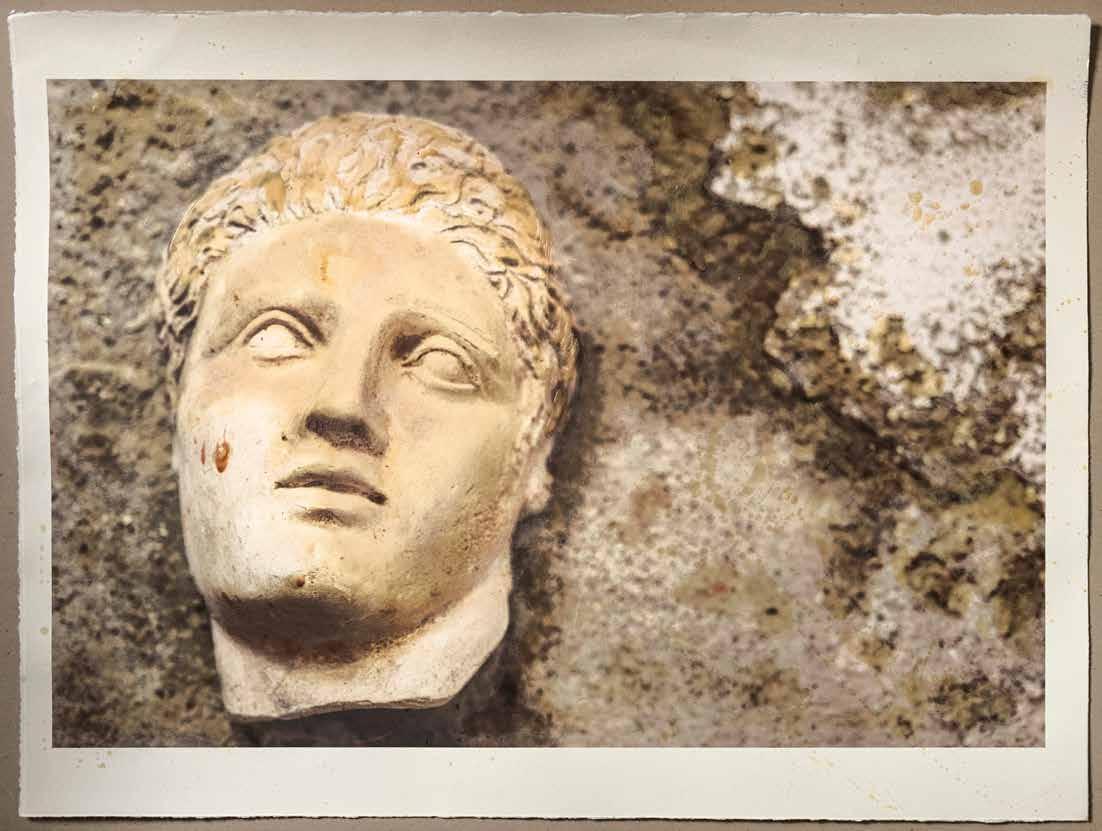
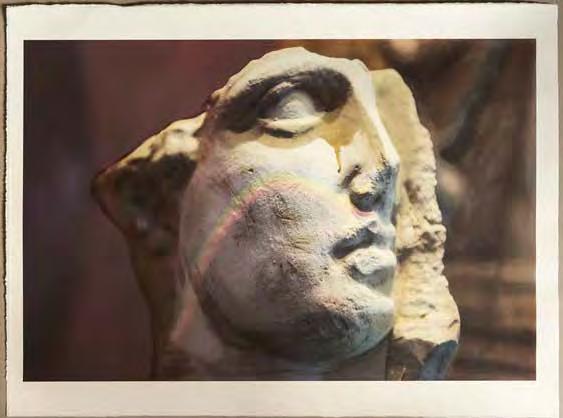

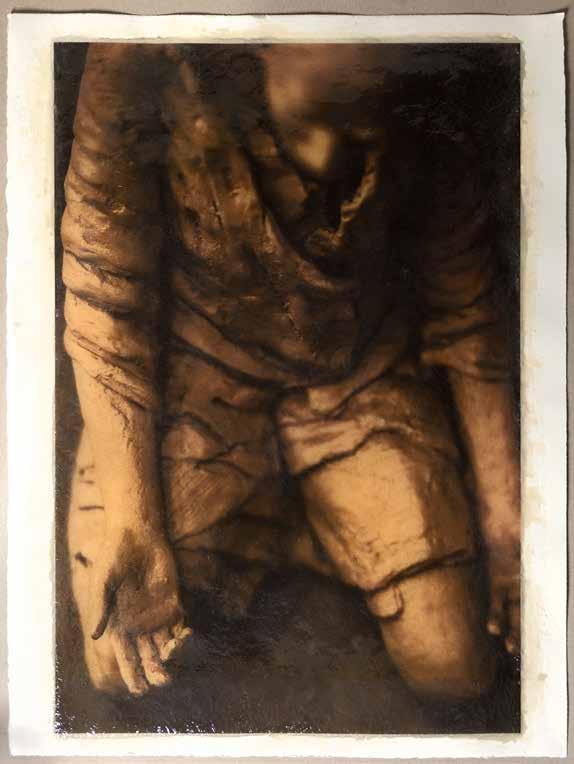
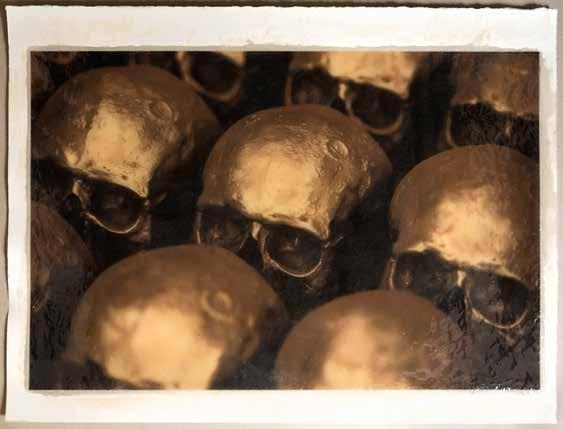
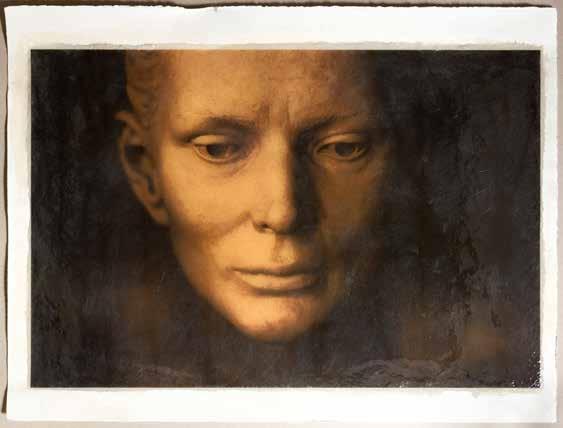
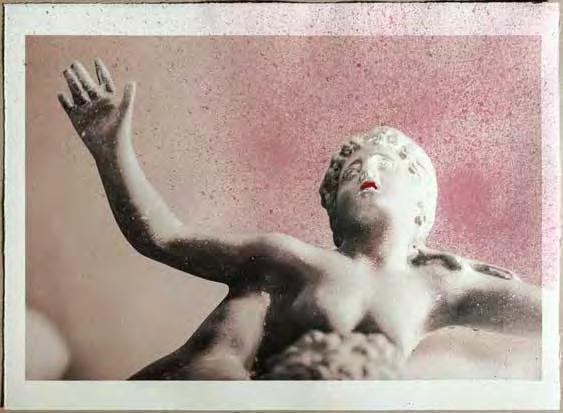
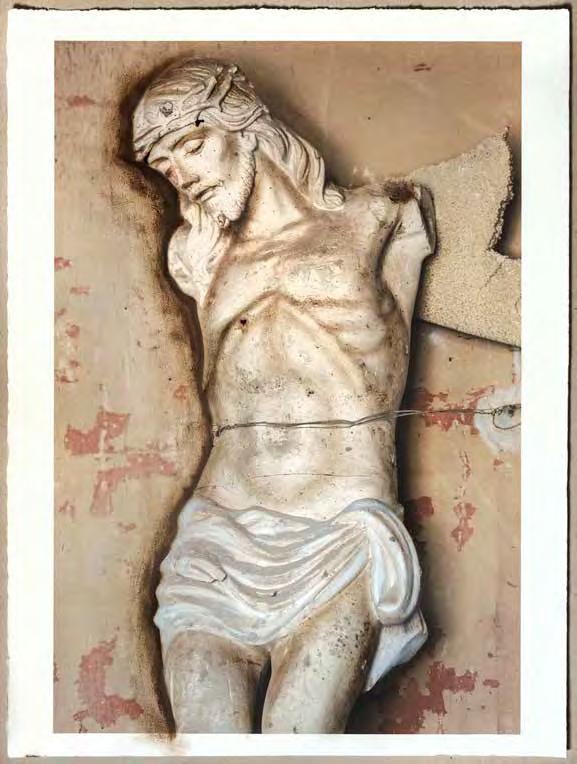

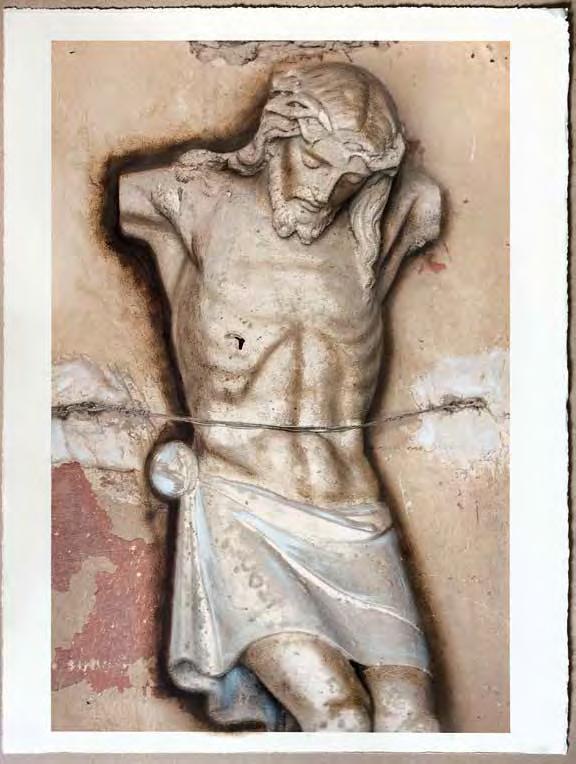
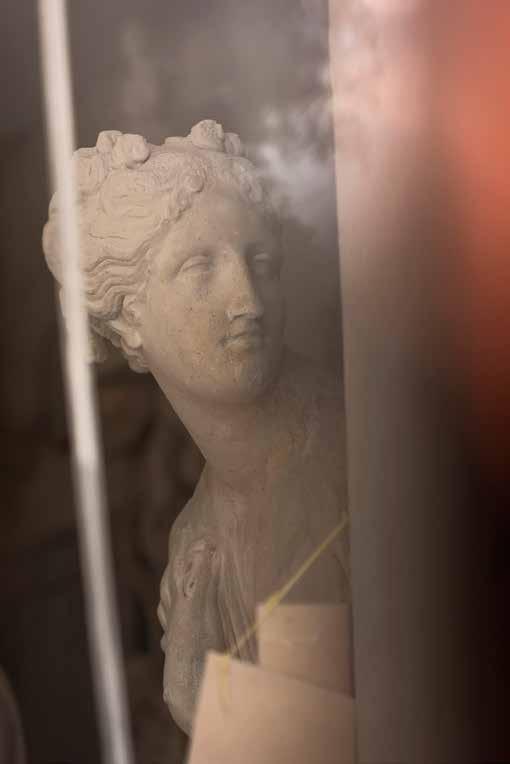

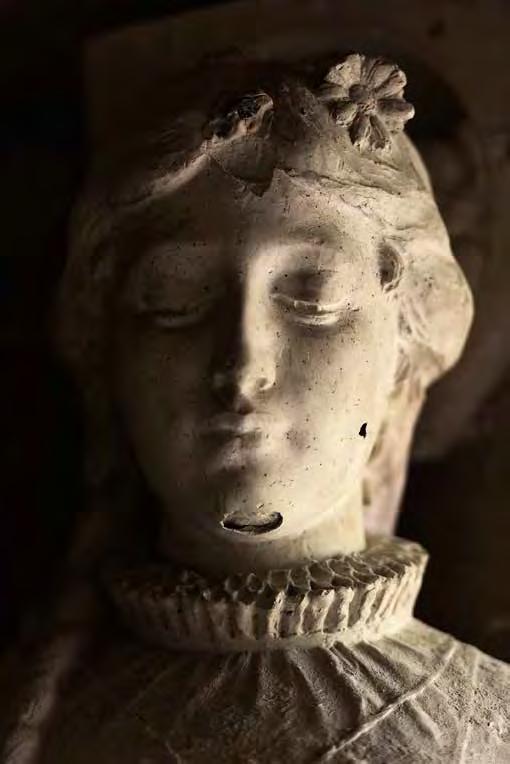

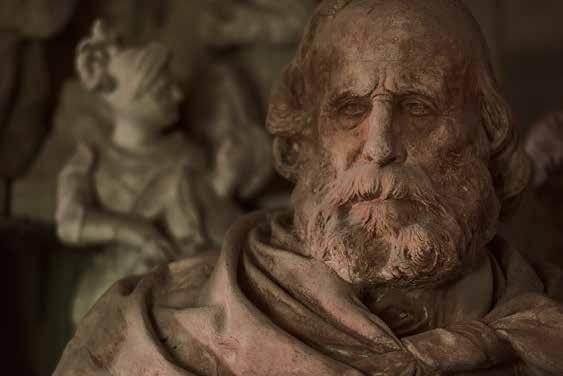
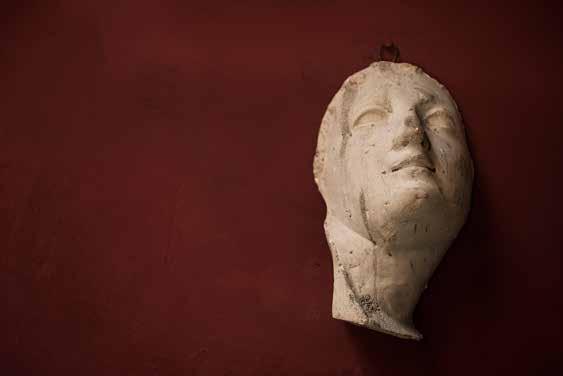
AND UNUSUAL KIOSKS
Minimalist, strict, geometrical. An exact light. Rogerio Faissal goes to the essence. The accurate composition captivates us. There are no details out of place, nothing is superfluous. A stage for Bob Wilson, the English director/actor/illuminator?
An esthetic that searches the absolut. Faissal’s pictures hypnotize us. His purism abolishes adjectives. These are substantive photos. Before extreme rationalism, we are possessed by a captivating lyricism. He was born in Rio de Janeiro, in 1964. He worked as a photographer for Tyba agency, Jornal do Brasil and Editora Caras. He also works in Advertising. Faissal was elected photographer of the year in 2008 by ABP (Associação Brasileira de Publicidade). Books: A Construção do Espetáculo - text by Luis Noronha from the play Moacyr Goes wrote on Arthur Bispo do Rosário. WC - 80 Fotografias de personalidades brasileiras no banheiro - preface by Luis Fernando Verissimo. Cine Vitória Arquitetura e Cultura - 2013. His site: http://rfaissal.com.br/.

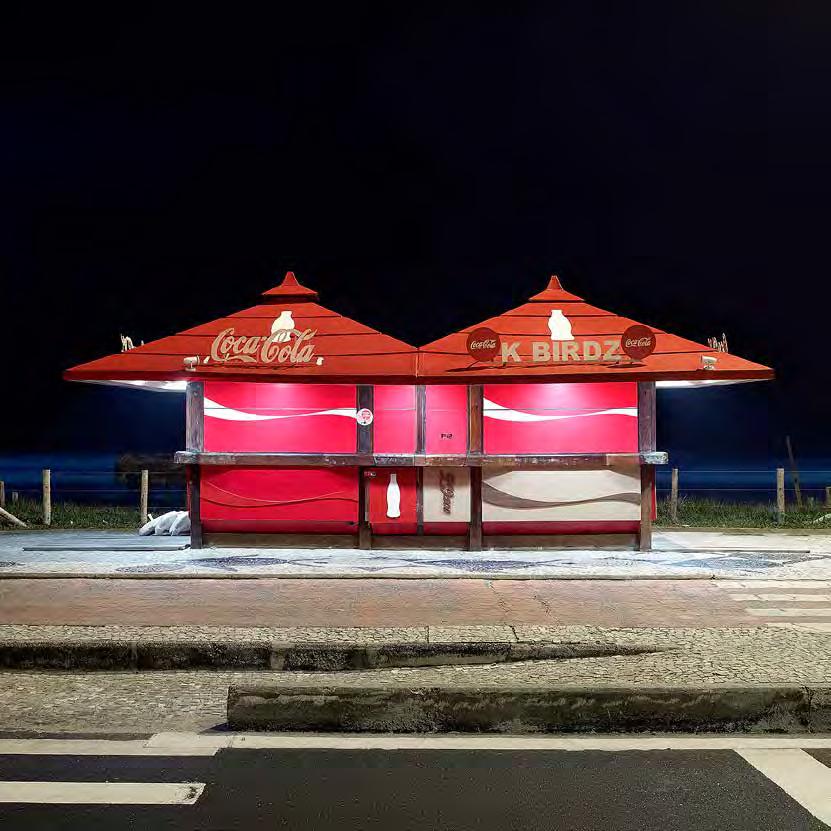
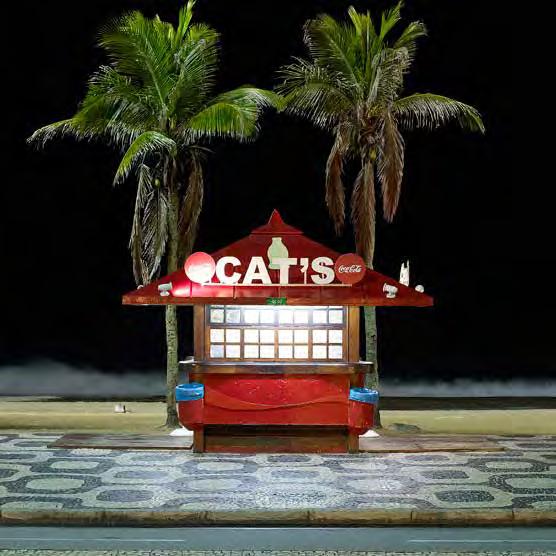



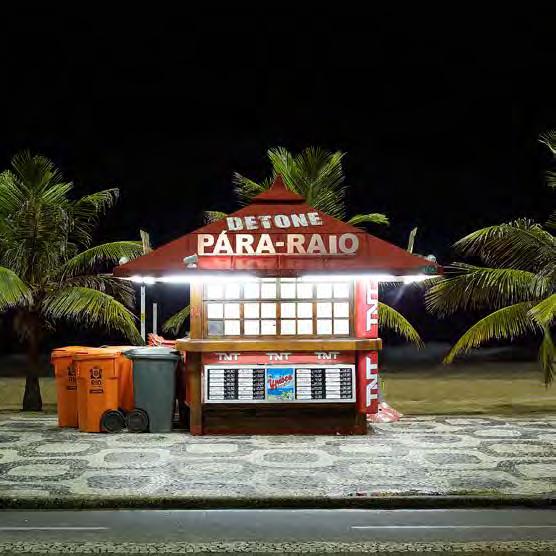
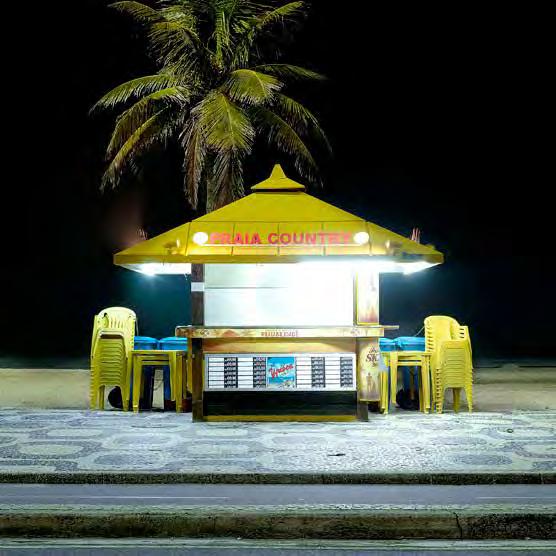

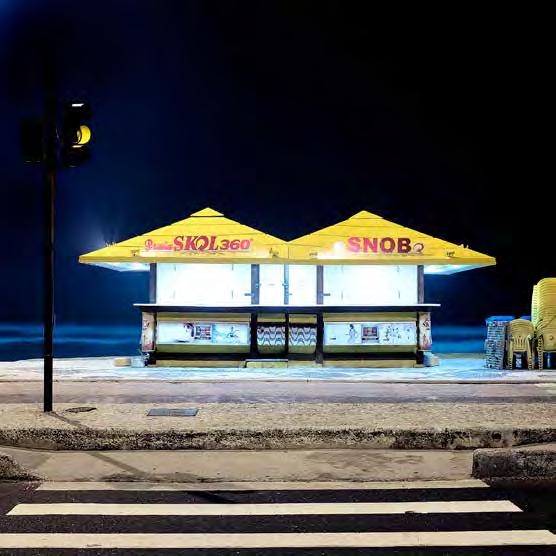
IMMEMORIAL ABSTRACTIONS
Absences. It is curious that Guilherme Bergamini’s photos send us to what is not in them. They have an aura of memory, a desire to remember. And the brain refilms a past that associates what is viewed to what is invented. A certain iconic metaphysics is necessary, with images that move, bringing emotion to present, opening to the yet to come. Rationally, this series, called Fotograma, is about leaves collected from Brazilian cerrado’s vegetation. Irrationally, they are immemorial abstractions.
In his website, http://guilhermebergamini.com/, we can get inebriated with pasts, presents and futures, real or imaginary.
Guilherme Bergamini was born in 1978, in Belo Horizonte, Minas Gerais, where he lives and works. He used to say: “Photography, to me, is a philosophy of life. It is a life construction, with moral, character and sense. It is a mean of social transformation. It has very strong power. What I think is fantastic about photography is the universality of the image.”

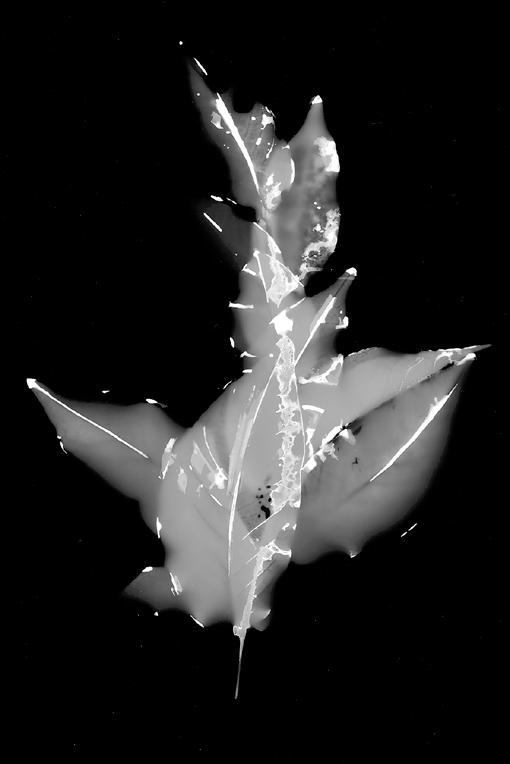

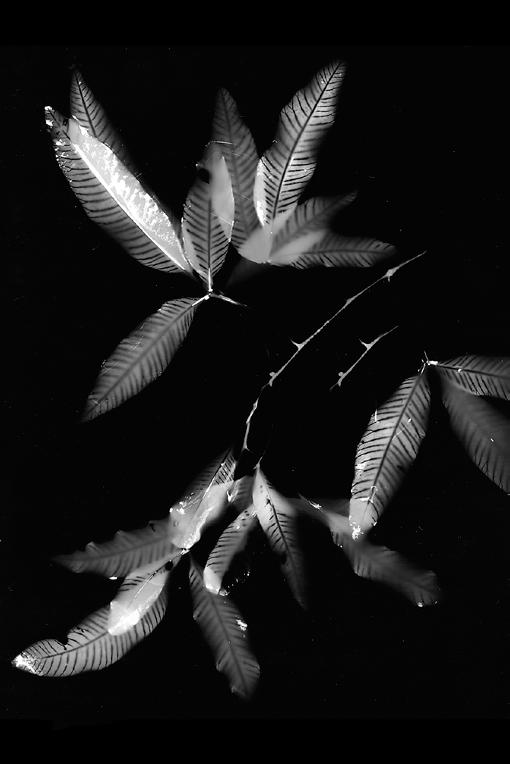
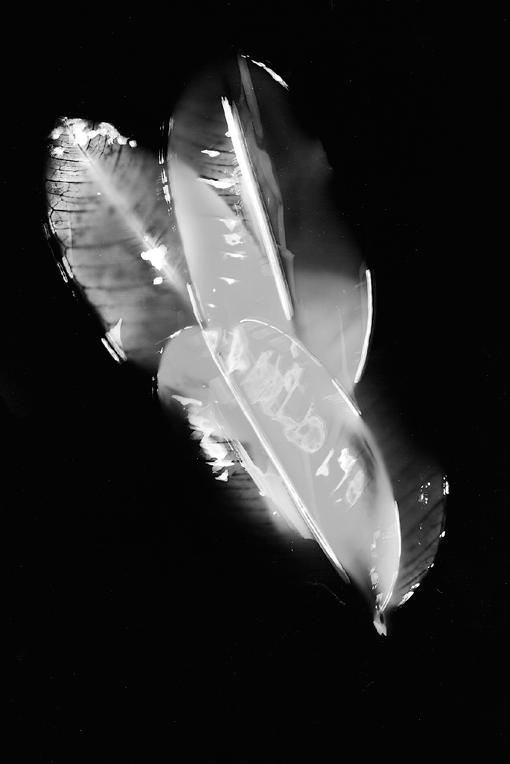
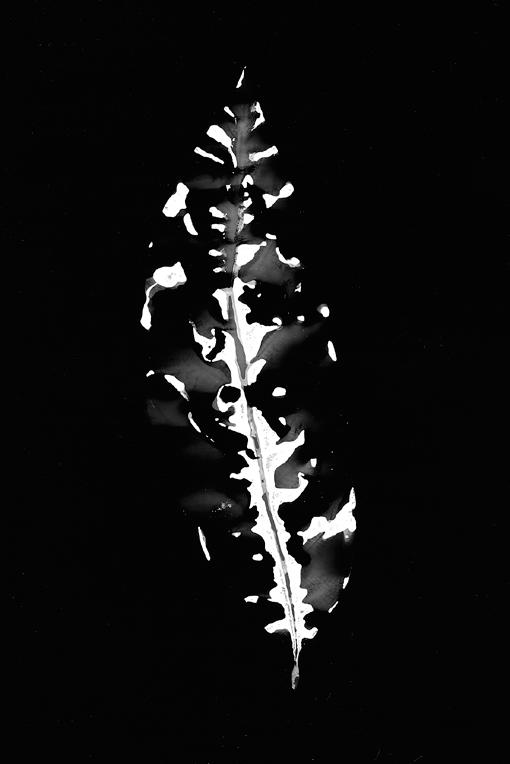
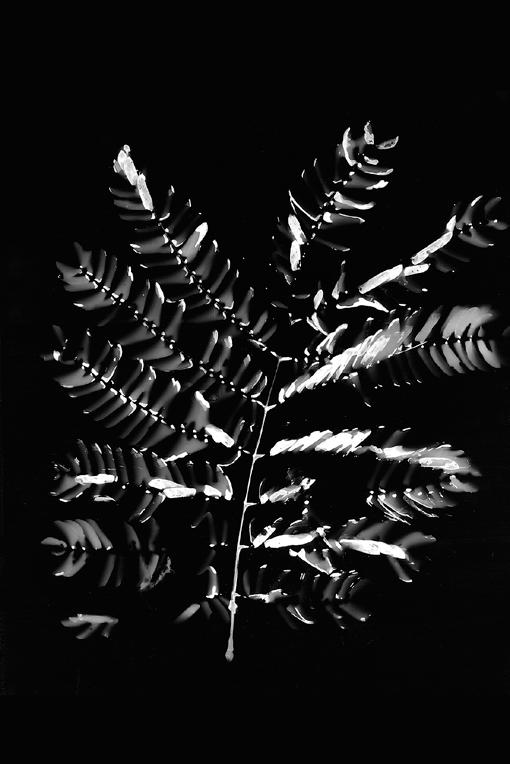
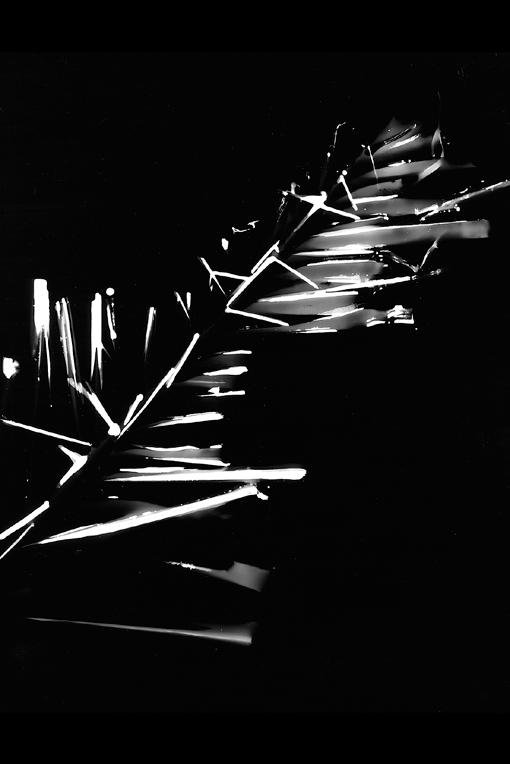
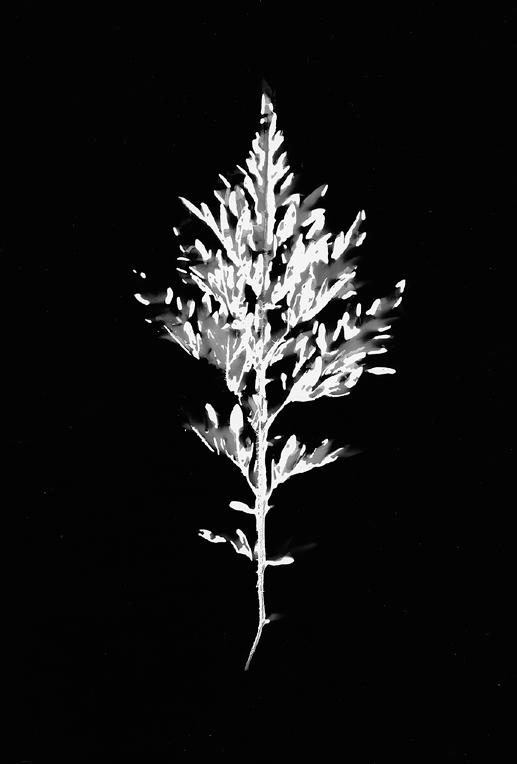
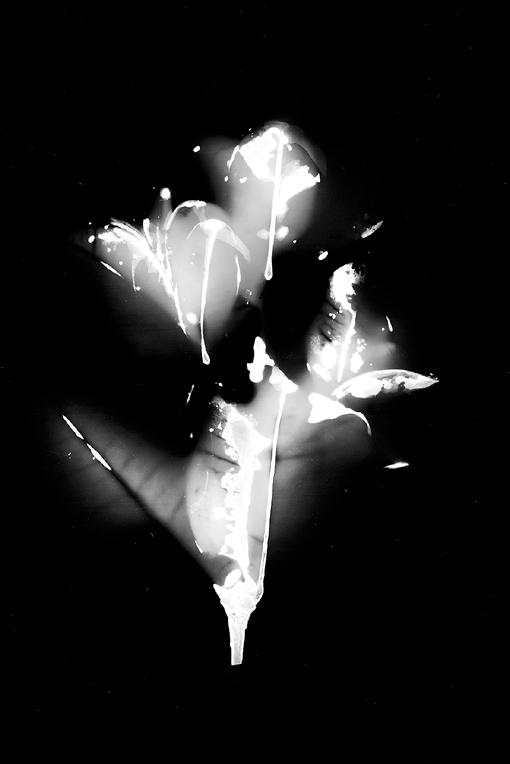
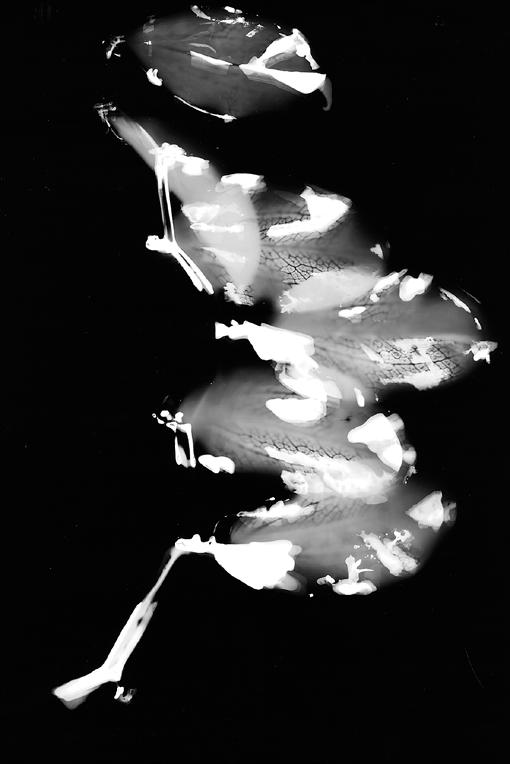
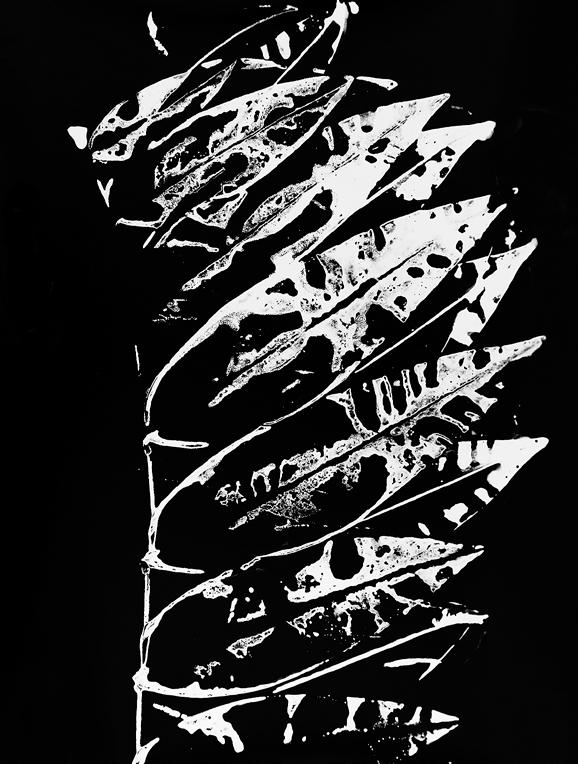
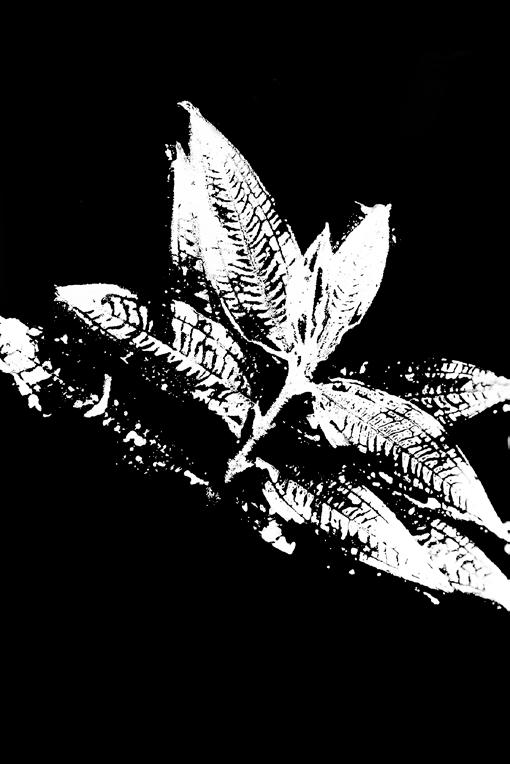
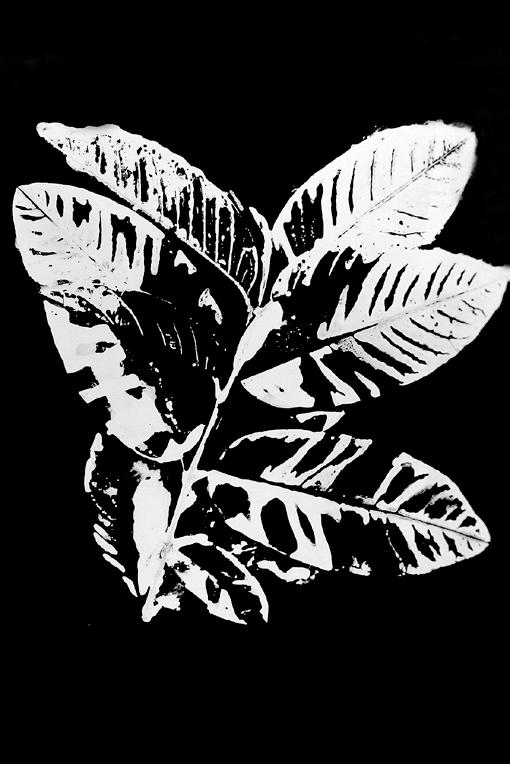

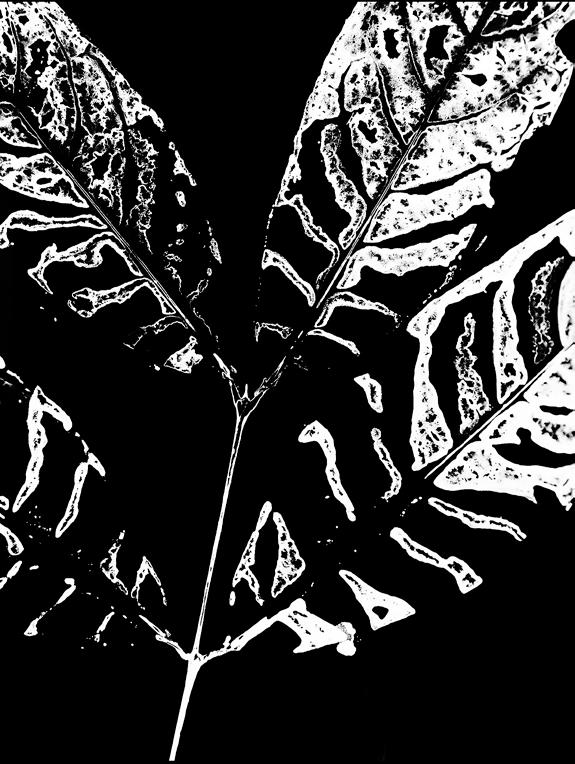

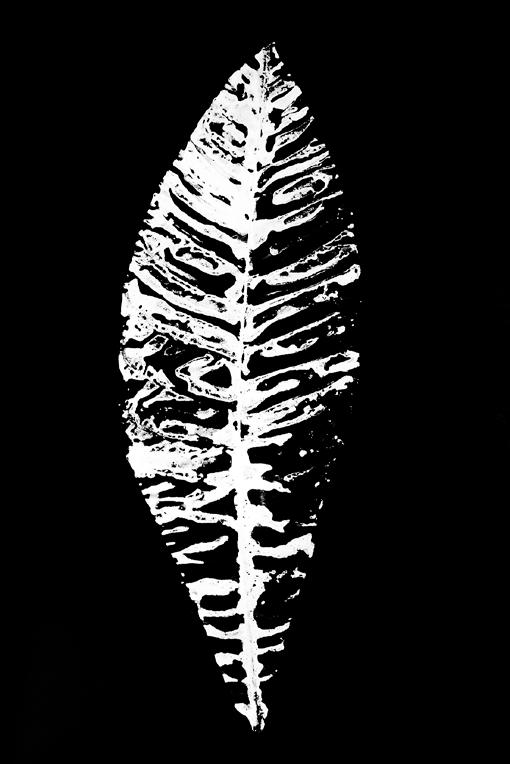
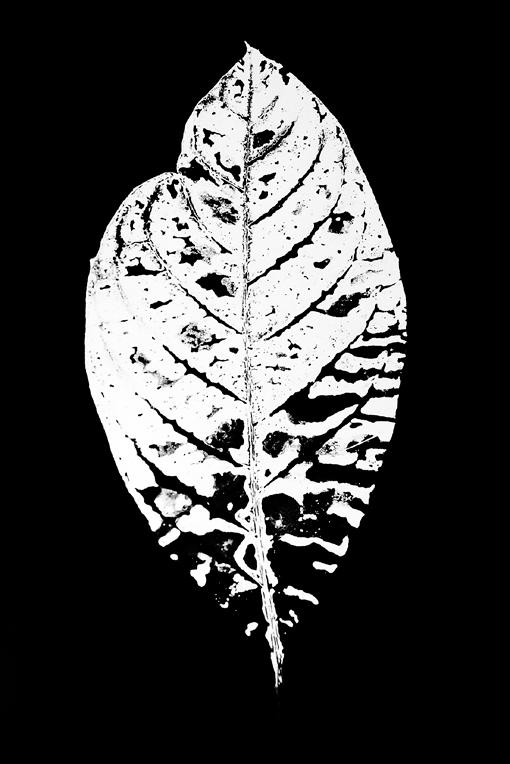
LANDSCAPES THAT SENSITIZE AND REEDUCATE OUR LOOK
To look at a landscape with Pedro David’s eyes is to reeducate our look. Something like hominids looking at the landscape million years ago. Then, there was survival. Now, however, the matter is aesthetic. What emotions, what sensations we seize with a look. How to manage, at the same time, the whole and the detail. It’s a delightful learning. After seeing Pedro David’s photos, the landscape gains new meanings. Photographer and visual artist, he lives and works in Nova Lima and Belo Horizonte, in Minas Gerais state. He has published the books Paisagem Submersa (Cosac Naify 2008), O Jardim (Funceb 2012), Rota Raiz (Tempo D’Imagem 2013), and has won awards such as Nexo Foto – Madri – Espanha, 2014; Fundacao Conrado Wessel de Arte – 2012; XII Premio Funarte Marc Ferrez de Fotografia – 2012; Uniao Latina – Martín Chambi de Fotografia (2010). See Pedro David http://pedrodavid.com/ and Diário de atividades e notas de um fotógrafo https:// pedrodavidblog.wordpress.com/

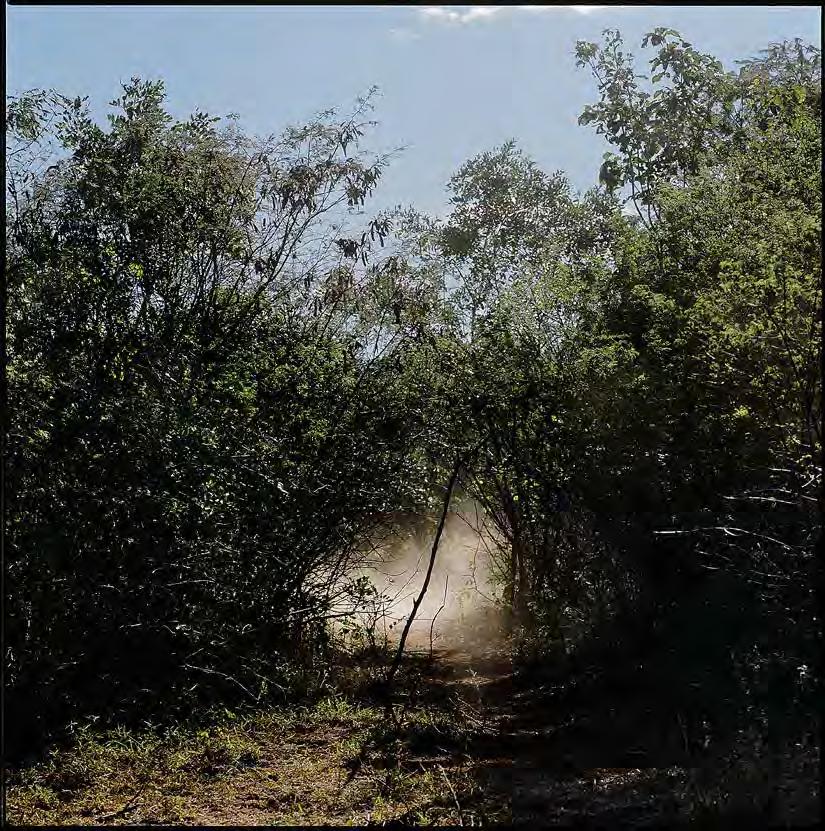
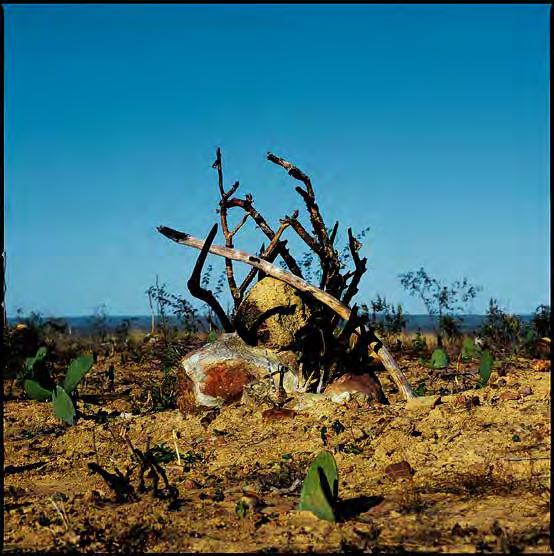
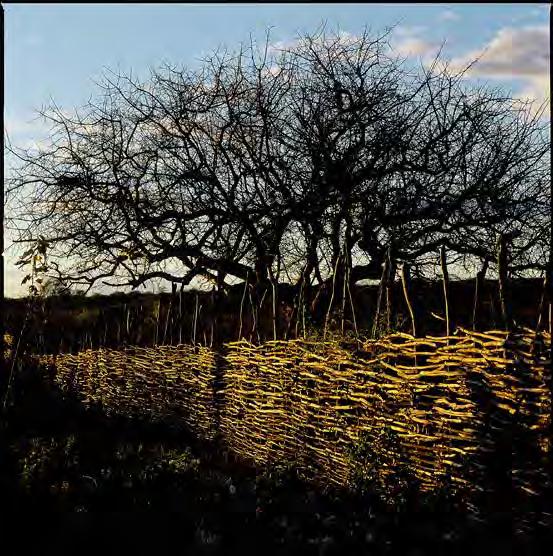

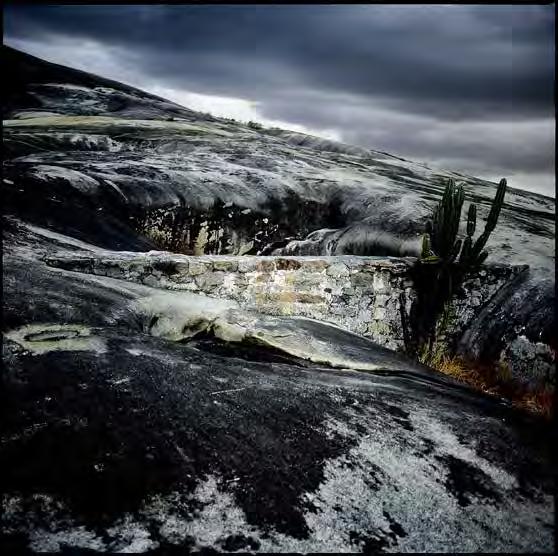
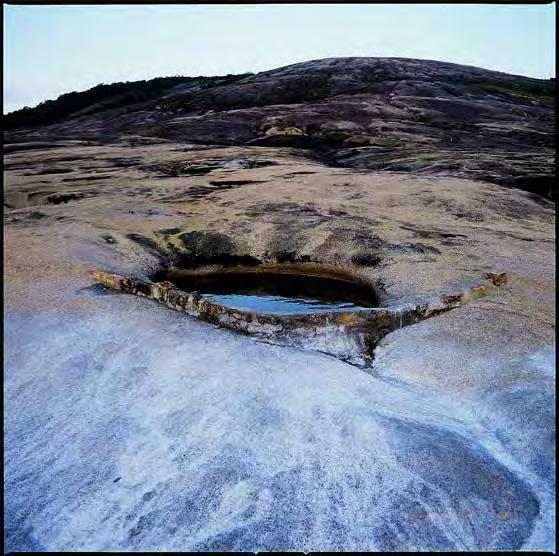
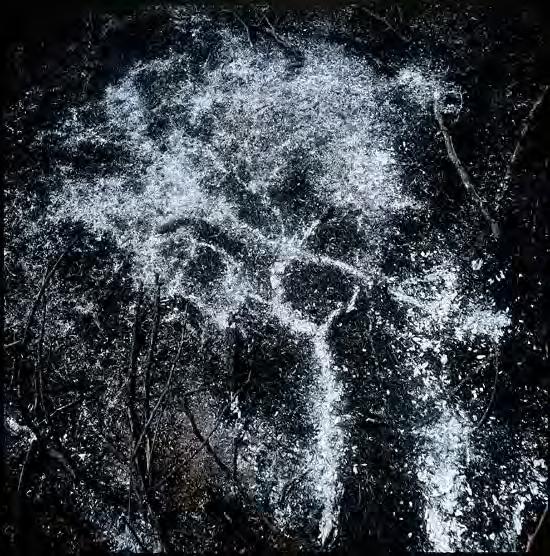
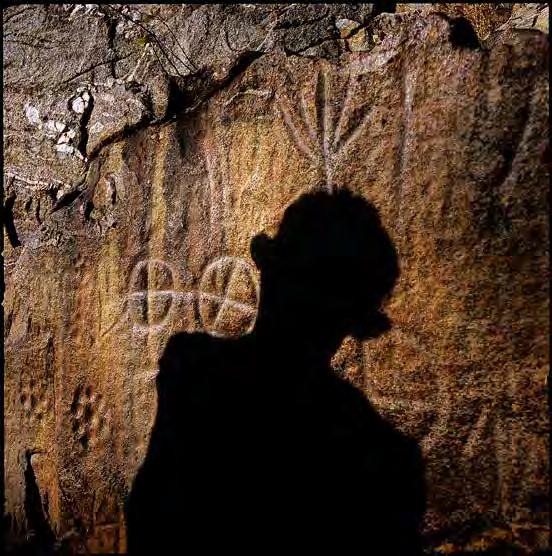
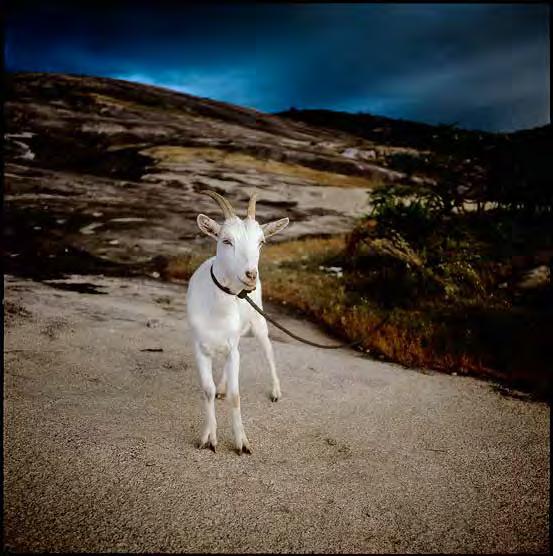
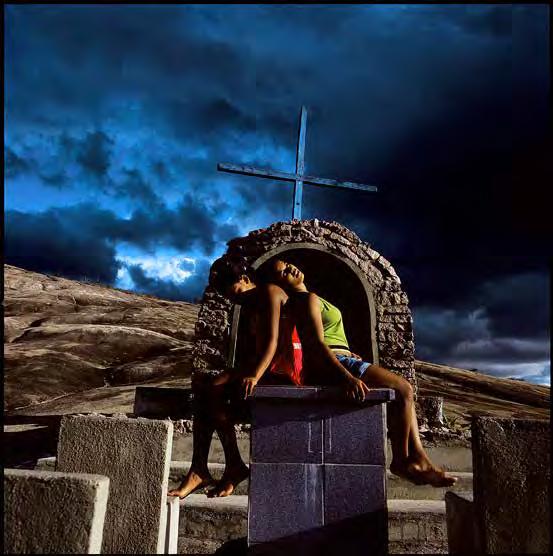
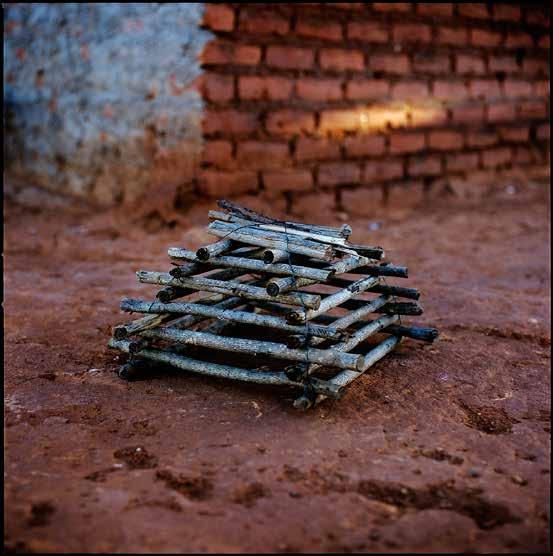

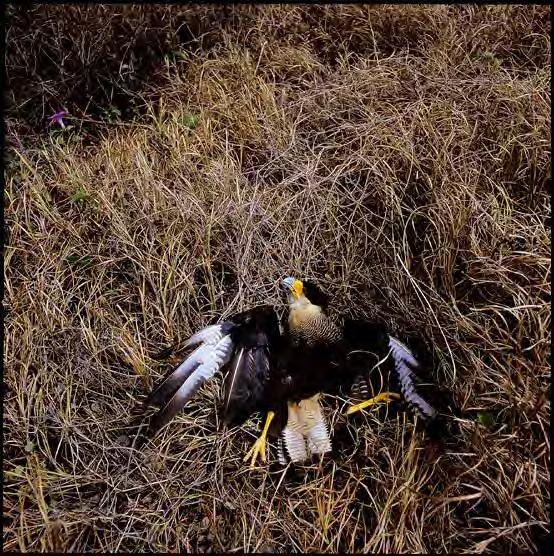

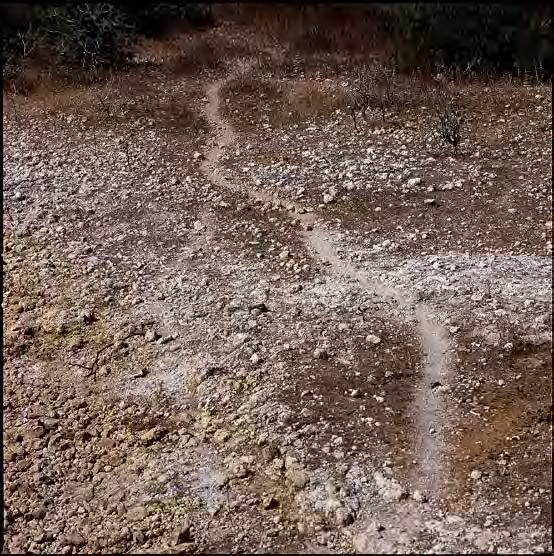
THE ART OF GIVING MEANING TO DAILY LIFE
What can we extract from daily life besides commonplace? What does day by day reserves us beyond sameness? Pedro Vasquez is a detective that investigates meanings. People and things go by. To Pedro Vasquez, however, these moments need to have a meaning. So he builds significance. He turns anonymous passer-bys into identified subjects and dignifies them. As should be all subjects that travel through life’s ways. Photography critic, art critic, poet, journalist, film-maker, photographer, editor, photography teacher, curator, Pedro Karp Vasquez was born in Rio de Janeiro in 1954. He studied cinema at Université de la Sorbonne, in Paris, and graduated in 1978. He dedicates himself mainly to research in History of Photography in Brazil in 19th century. He worked as an editor at Photo Camera and Best View magazines and at O Dia newspaper. He was awarded the Premio Nacional de Fotografia da Funarte, in 1996, and Bolsa Vitae de Fotografia, in 1998.

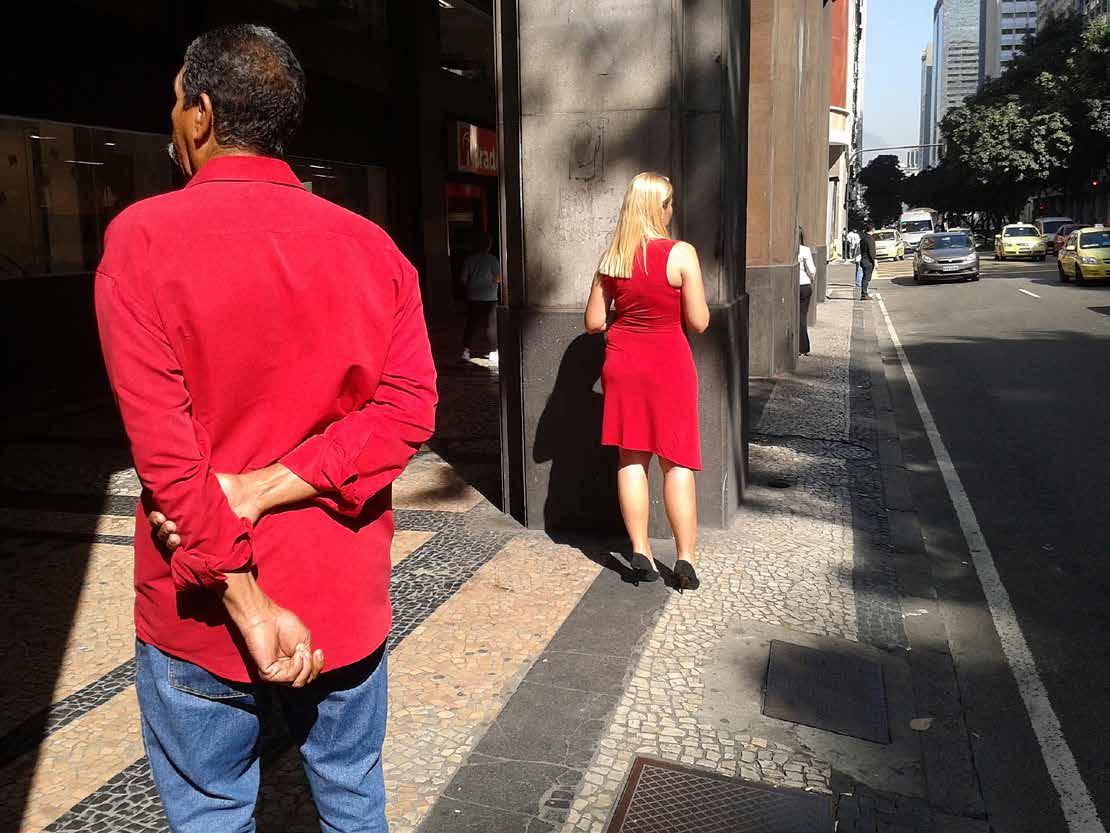

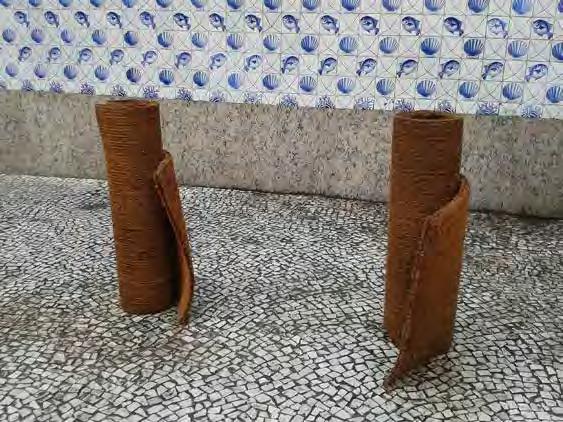
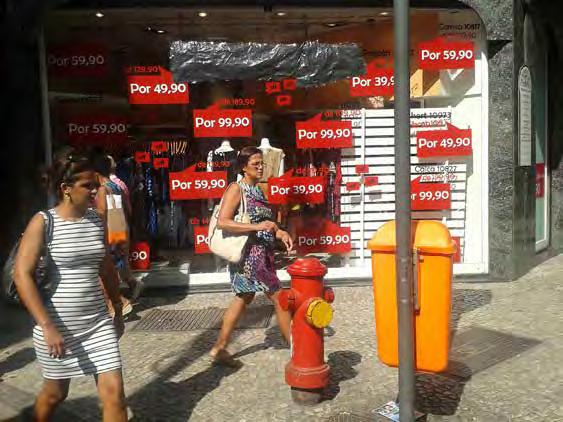

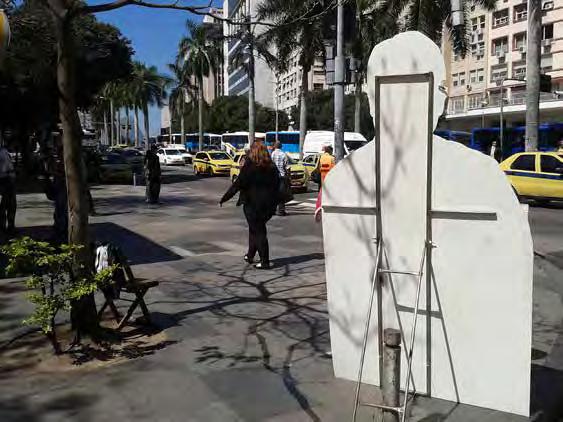
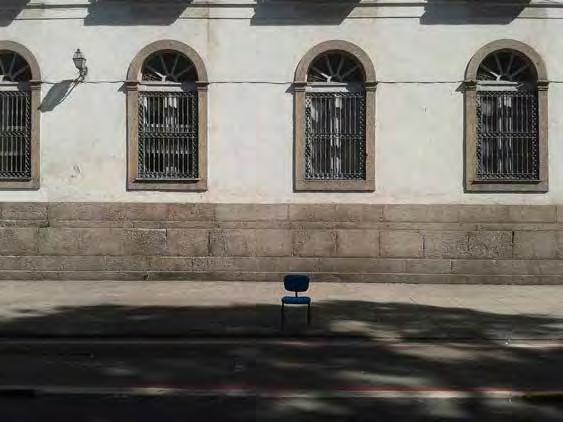
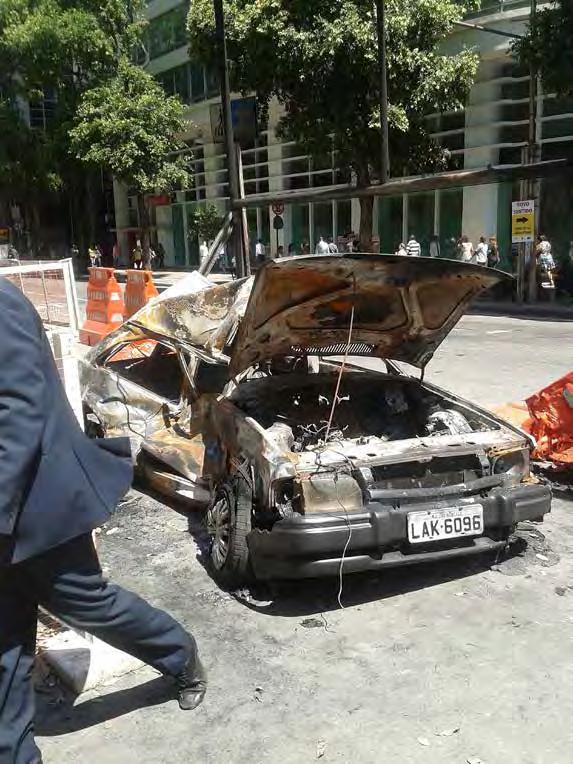
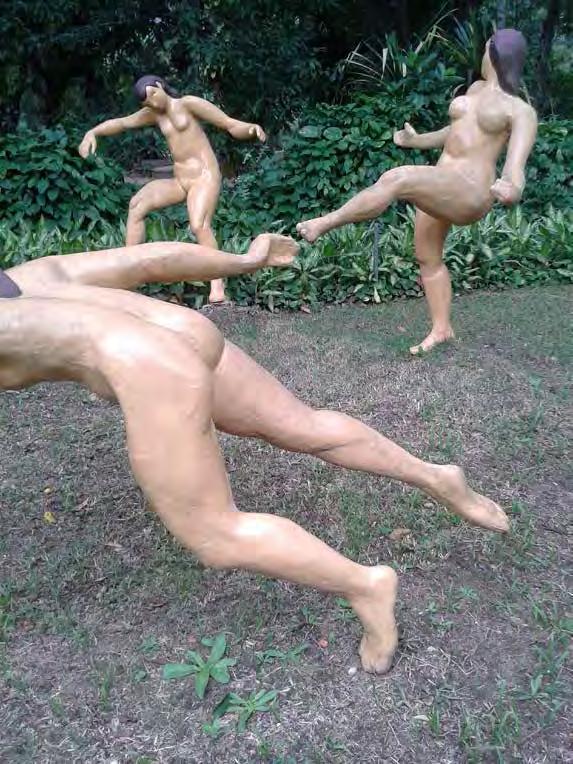
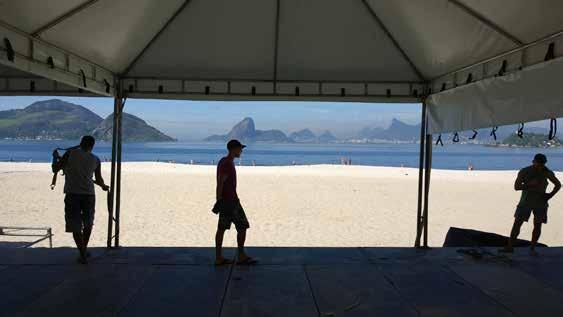
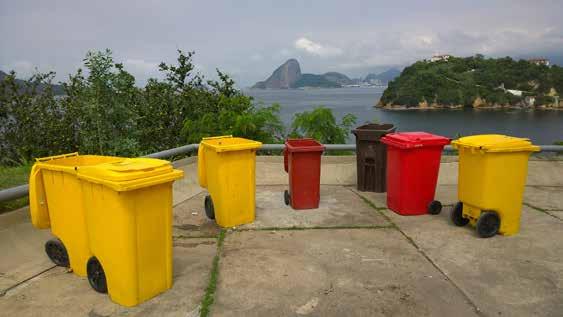

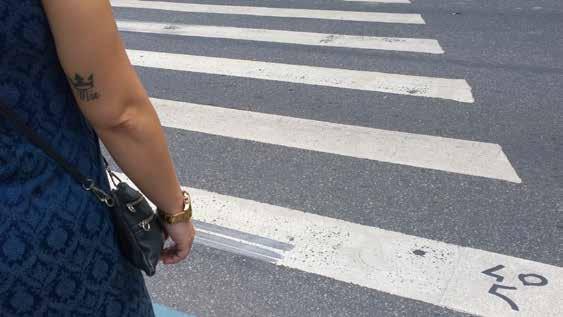
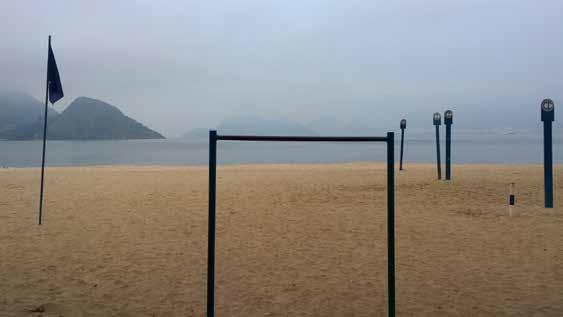


RAPTURE, POETRY, EMOTION
Sylvia Diez’s works are, at least, poetic and touching. But what emotions do they evoke? Anguish? Self-absorption? Sadness? Tension? Melancholy? Amazement? Nostalgia? Sylvia Diez is rapturous, almost tragical. The video from her performance
“O Encontro” is a beautiful poem. Close to this Fernando Pessoa: “I am nothing./I’ll never be anything./I couldn’t want to be something./Apart from that, I have in me all the dreams in the world.” Sylvia Diez proposes that we live meticulously, savouring, suffering, celebrating, questioning. In this striking shoot, she opposes us to the humanities we run from. Ourselves?
Sylvia Diez was born in Sao Paulo, in 1983. “I accepted that we live and die everyday… I speak of life. I give in entirely and show myself naked, without masks. I speak of human conditions -- life, love, abandonment, fear, pain, death, revival. I speak of myself and about the Other. I speak of the WHOLE.”
Site: http://sylviadiez.com/

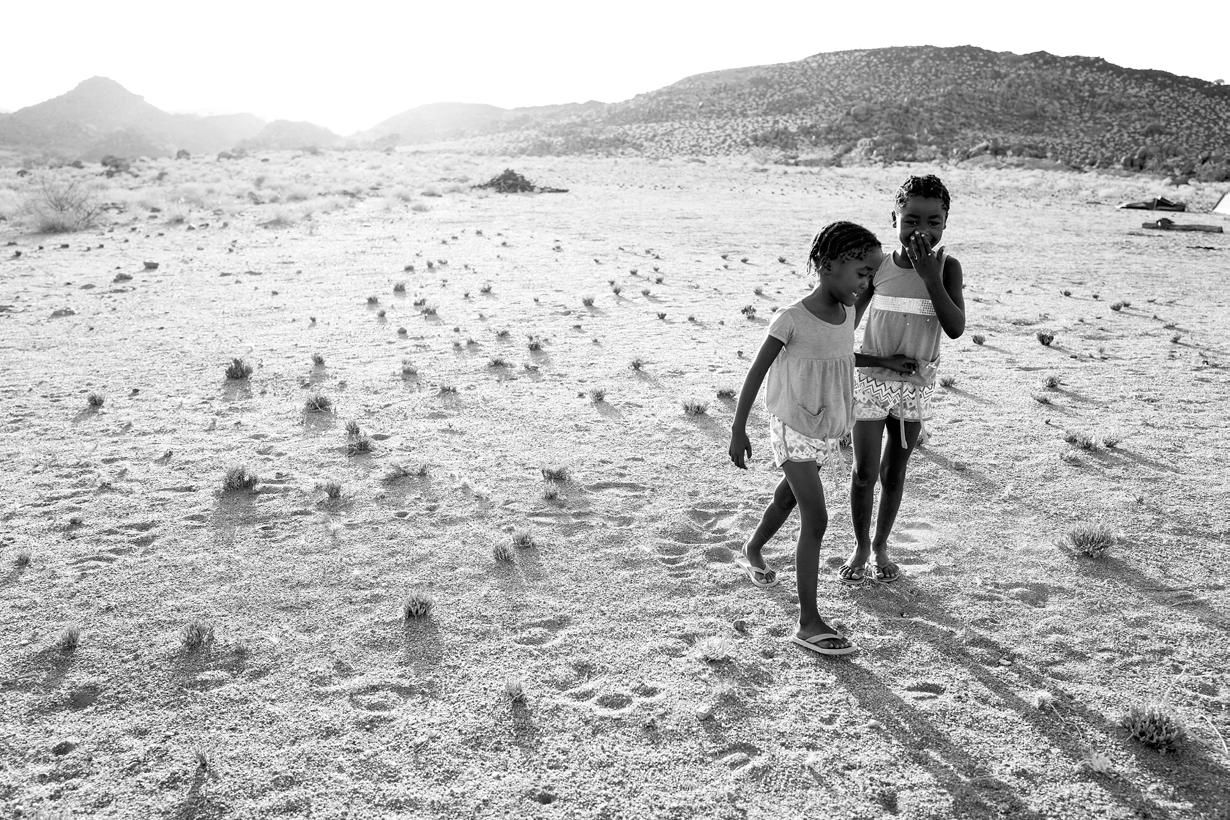
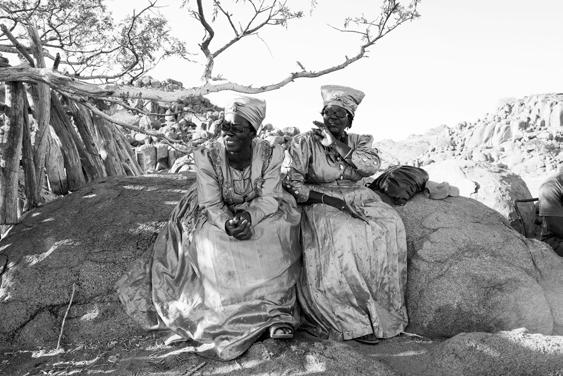
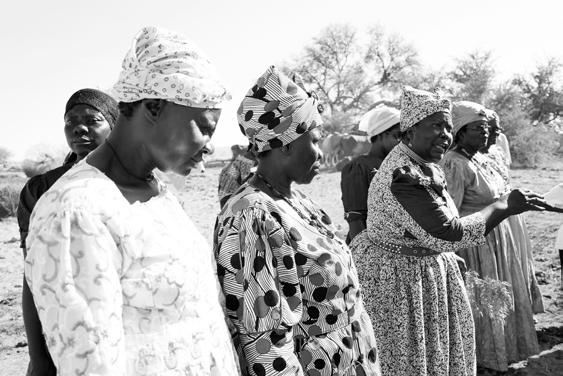

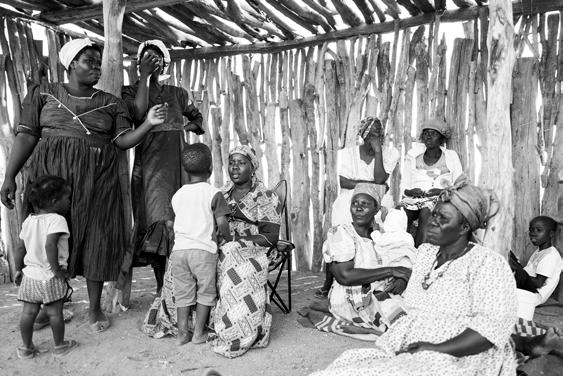

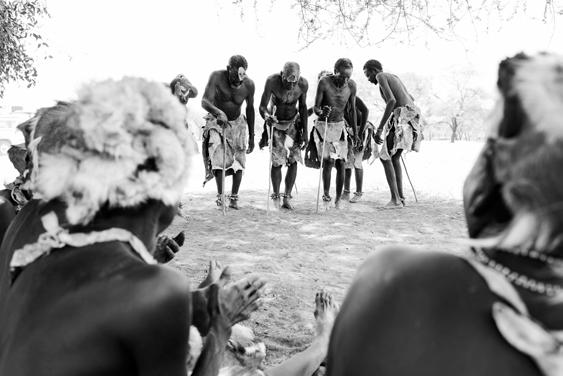
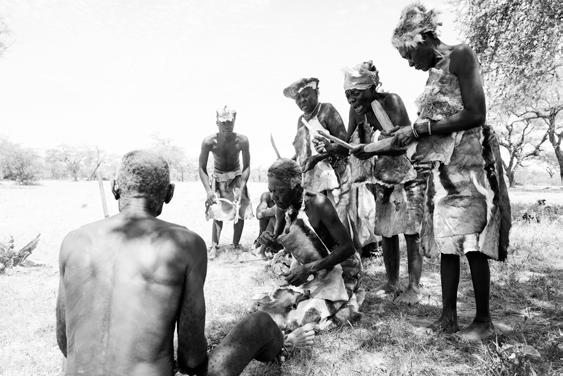
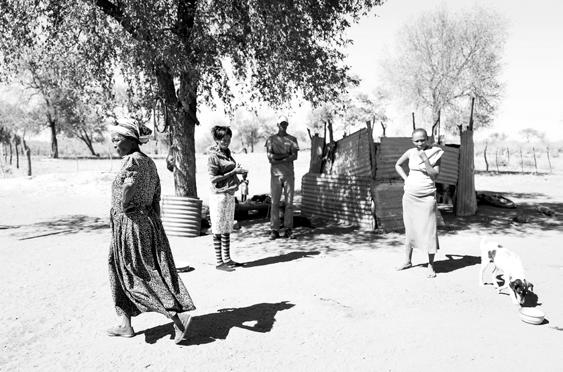
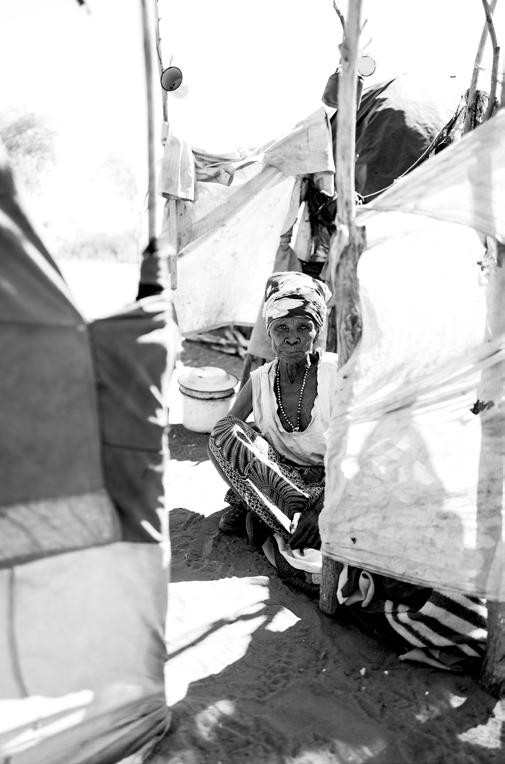

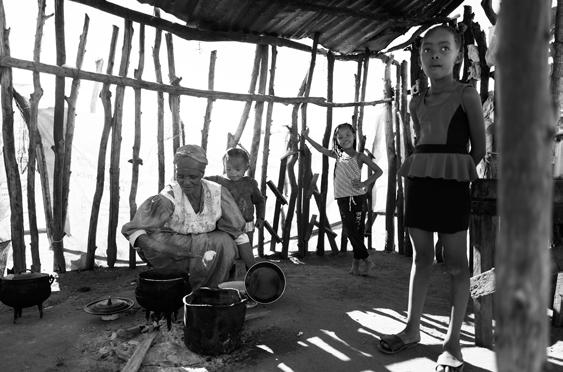
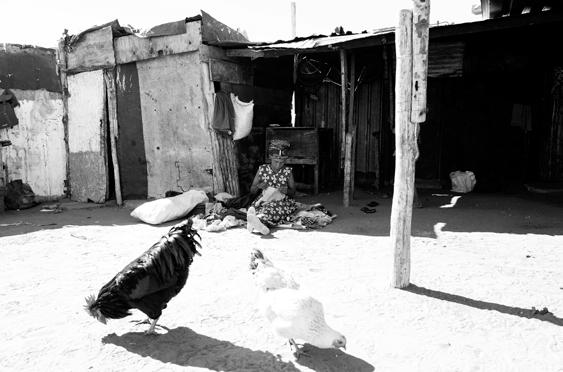
WE, ANONYMOUS PRESENT
Where is mankind heading to? Who are we, women and men clustered in so many places in the world? Here, metaphorically, Paulo Henrique Pampolin turns us into an universal crowd: we are migrants, hungry, war fugitives, urban people.
An immense Lonely Crowd, the beautiful title of sociologist David Riesman’s book. Pampolin certainly metaphorizes all lonely crowds in this shooting.
Paulo Pampolin has been a professional photographer since 1996. He is based in Sao Paulo, Brazil, but able to work anywhere in the world, and has extensive experience in several areas, such as still photography, portraits, fashion, photojournalism, advertising, foods and events. With many awards in his curriculum, Pampolin currently works for several newspapers, magazines, advertising and communications agencies, photo agencies, and also contributes with Getty Images.
(http://paulopampolin.com/)


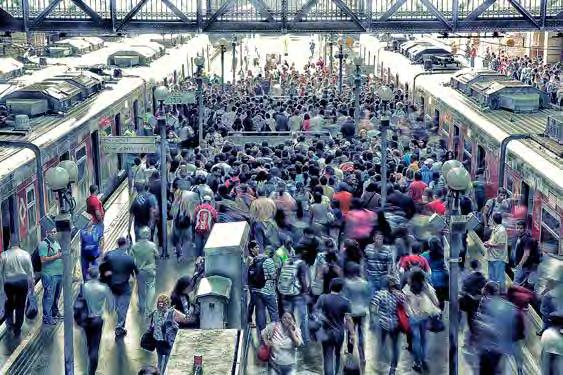
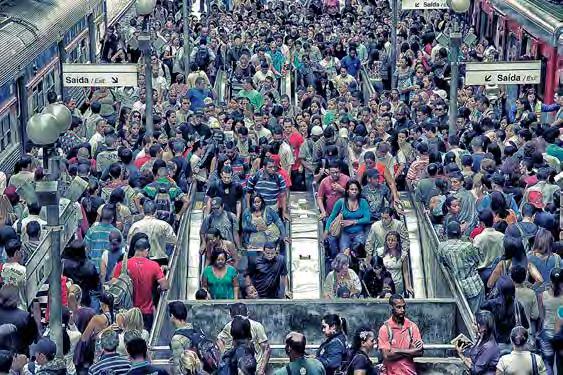

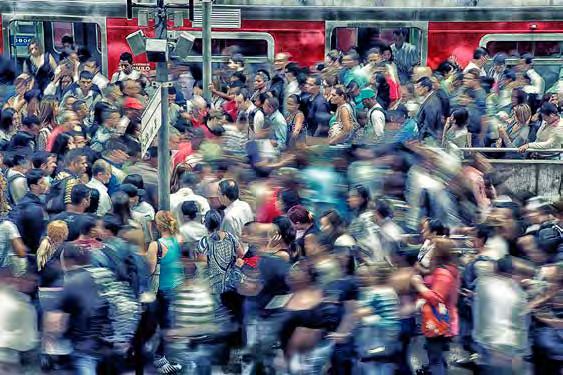
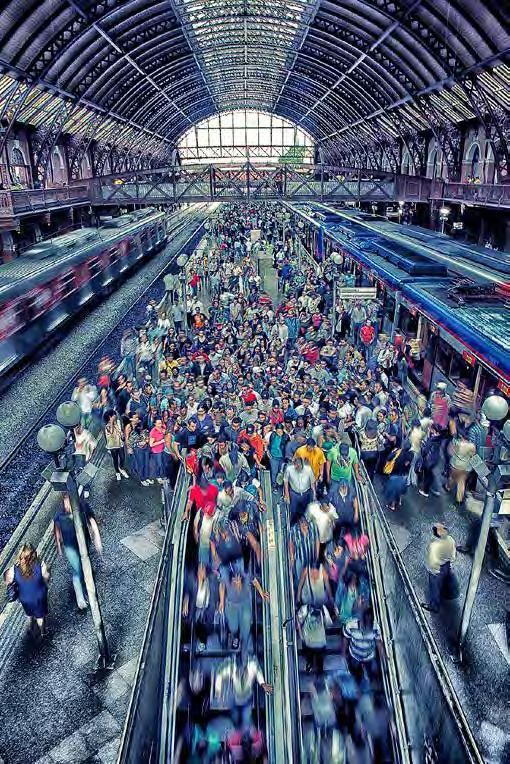
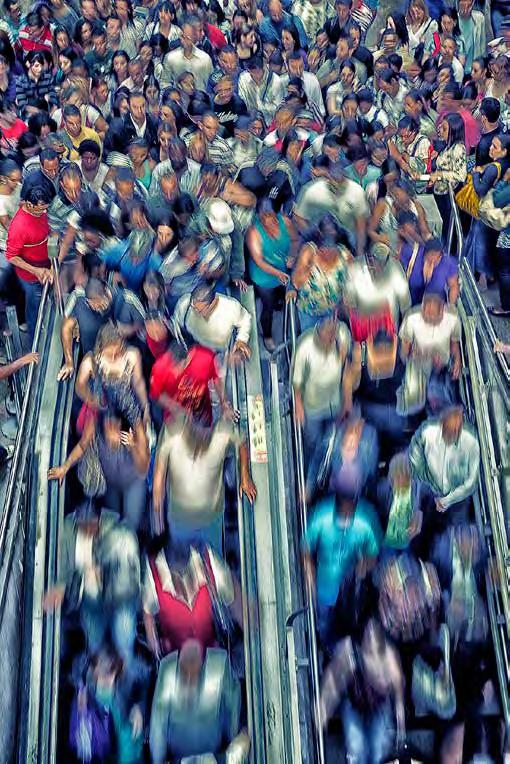


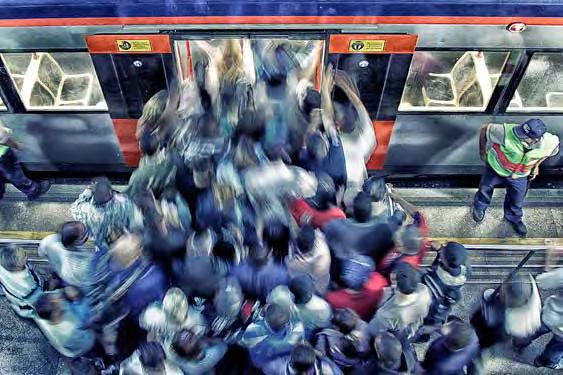
EDITORIAL
Cada vez mais arte
A fotografia contemporânea é plural, caleidoscópica. Fotografia, escrever ou desenhar com a luz, como nos elucida a origem grega da palavra, está cada vez mais próximo das artes plásticas. Então, nos deparamos com a pergunta: o que é fotografia? Selecionamos o que dizem alguns fotógrafos.
Daniel Dayan: É o registro do fato, no momento em que ele ocorre, é o registro da memória, é a expressão de um sentimento.
Sylvia Diez: Um instante/sentimento eternizado.
Henri cartier-Bresson: Fotografar é colocar na mesma mira a cabeça, o olho e o coração.
Ansel Adams: Não fazemos uma foto apenas com uma câmera; ao ato de fotografar trazemos todos os livros que lemos, os filmes que vimos, a música que ouvimos, as pessoas que amamos.
Mais definições podem ser encontradas no livro “43 frases de fotografia para inspirar”, de William Lima (http://landing. falandodefoto.com.br/acesso-ebook-frases-fotografia/ ).
Podemos concluir sem erro: fotografia é pura arte.
CARLO CIRENZA
LUIZ GARRIDO Uma luz mágica
Não é preciso esforço para ouvir a música dos corpos fotografados por Luiz Garrido: uma Gymnopèdie de Eric Satie, um Bach da Área da Quarta Corda... E os corpos – algo de esculturas em mármore –se movimentam lânguida e sensualmente. Será a luz mágica de Garrido, que ele tanto estudou nos retratos de impressionistas franceses? Aquela que serve para extrair a alma da personagem em cada retrato? Garrido é um mestre em retratos. Clicou Tom Jobim, Niemeyer, Lula, Jô Soares, Hitchcock, Gina Lollobrigida, Alain Delon. Mas Garrido é também um mestre em iluminação. Basta ver cada um dos corpos deste ensaio. Estudou na École Nationale de Photographie Française. Começou em 1968, em Paris, na sucursal da revista Manchete. Em 1969, Garrido conheceu John Lennon e Yoko Ono e foi convidado a acompanhálos a Londres e Amsterdam, na campanha pela paz mundial que eles promoviam. Fez fotos para Vogue, Interview, Cláudia Moda, Moda Brasil, Elle, Playboy, Big, G.Q., Photo.
BOB TOLEDO
Cor e calor vangoghianos, sem angústia
Bob Toledo cria paisagens para que possamos penetrá-las visualmente. A câmara passa rapidamente. Mas as paisagens criadas estão ali, à espera. Porque trazem Van Gogh se elas não são angustiantes. A diferença está na imagem: o trabalho da câmara e o trabalho das mãos pincelando; um rápido click, as tensões de milhares de movimentos sobre a tela. A semelhança está na estética pictórica e no calor. Bob Toledo desenvolve uma linguagem fluida, amigável, reflexiva. Bem ao contrário de Van Gogh. Fotografa desde os anos 1970 para a TV Cultura, revista Veja, Jornal da Tarde, Vogue, Paris-Match, Editora Azul, Interview e agências de publicidade. Em 1993 recebeu o prêmio Profissional do Ano da Rede Globo pela direção da série de comerciais do banco Bamerindus “O tempo passa”. Em 1998 fotografa na India o Kumbh-Mella, maior encontro religioso do mundo, e expõe no Centro Cultural Citybank , co-patrocinado pela Kodak. (Seu blog: http://vanitasbobtoledo.blogspot.com.br/)
DANIEL DAYAN
Introspecção, incomunicabilidade, isolamento
Gestos imprecisos pedem decodificação. Mas eles são uma proposta de interação com um olhar que procura. Daniel Dayan registra gestos que conturbam nossa imaginação. Há agonia nos gestos que Daniel Dayan propõe. Uma agonia vital. Um expressionismo próximo de Bacon, o pintor. Ele argumenta: “o que me impulsionou desde o início foi o fascínio com a luz. Como ela pode determinar completamente uma situação. [...]
Quando comecei o meu trabalho autoral, buscava a introspecção. [...] Incomunicabilidade e isolamento são as ideias que estão sempre presentes.” Ele nasceu na cidade de São Paulo em 1960 e trabalha profissionalmente em publicidade e design desde 1981.”
Hoje divido o meu trabalho em três segmentos: o comercial, que atende à demanda de um cliente (danieldayan.com.br); a produção de imagens para decoração (danieldayan.com.br/ fineart); e o meu trabalho autoral, onde o motor é o meu desejo de expressão.”
MARLOS BAKKER
Desvendar intimidades
Uma tentativa de penetrar no impenetrável. Espectadores de cinema se transformam em personagens. Bakker vai fundo na sua indiscrição, poeticamente contundente, esteticamente invasora. O que vivem essas pessoas, o que elas representam?
Cabe ao espectador responder. Neste ensaio, Flare, Bakker reflete: “flarestealthily hidden behind the movie screen, disguised as an image, I could see those who should be watching other people’s lives immersed in their own thoughts trance, becoming, unwittingly, victims of my eye, and I, the spectator of the spectators or, even, the voyeur of the voyeurs.” Esse é o olhar de Bakker. (Ver: http://marlosbakker.com.br/projects/?lang=en, Flare) Marlos Bakker nasceu no Rio de Janeiro, 1971. Estudou Comunicação Visual na Universidade Federal do Rio de Janeiro e fez cursos de extensão de fotografia, pintura, desenho e história da arte na Scuola Lorenzo de’ Medici, em Florença, e na Universidade da Califórnia, em Los Angeles.
DRAGO
Um drama em cada foto
Drago é um mestre no uso das cores. Para além de uma refinada técnica de enquadramento, Drago busca uma cor adequada e cria um clima de inquietação ao tratar as fotos. Ele traz a cor exata para aumentar a emoção do momento, comumente de alto conflito e alta tensão. Além de emocionantes, suas fotos transpiram arte.
A série “Em Processo, 2013” amplia a intensidade do real. Ele consegue um drama em cada foto. Juntas, elas narram uma história um pouco além de dramática. Quase chegam a uma tragédia. Mas o sentido da tragédia é a inevitabilidade. Apesar do aparente descontrole, não é o destino que rege as ações retratadas por Drago. São seres humanos mentalmente em balbúrdia. Por isso, sofremos com eles, nas suas tentativas de mudar o mundo.
Victor Dragonetti, Drago, 25 anos, nove expulsões de colégio. Drago seria (ou será?) um excelente correspondente de guerra. Uma advertência: sua extrema preocupação com ângulos, enquadramentos e luz pode ser fatal.
FERNANDO BUENO
Uma estética polivalente
Fernando Bueno questiona o real. Podemos perceber isso até mesmo em muitas de suas fotos publicitárias. Mas é na fine art que ele se supera. Cada foto indaga ao espectador: O que você está vendo? Tem certeza? Seja em panorâmicas ou em detalhes, em interiores ou exteriores, no campo ou na cidade: a realidade se transforma em memória e, por isso, pode ser recriada a cada nova leitura, mas não como releitura. Suas fotos sempre questionam. Este fotógrafo gaúcho, nascido em 1954, começou documentando a família com 16 anos. Virou jornalista, publicitário, professor e artista. Em 1978, ajudou a implantar no Sul do Brasil The Image Bank, comprado pela multinacional Getty Images. “Eu acho que noventa por cento dos fotógrafos brasileiros são generalistas. Todo brasileiro chupa cana e assobia. Com o fotógrafo também é a mesma coisa,” declarou ele para o Portal Photos, em primeiro de fevereiro de 2004. (Seu site: http://www.fernandobueno.com/)
THOMAS BACCARO
Olhar denso de um artista plástico
Thomas Baccaro tem um estilo especial de captar tensões. Quando admiramos a realidade, não costumamos nos deter no tempo. Ele não; tem uma preocupação ao clicar: nada é atemporal. Aquele momento tende a reunir passado, presente e nós, espectadores, vislumbramos um futuro. Baccaro olha a realidade como um artista plástico. Por isso suas fotos não são meros registros. São amplas circunstâncias, algumas angustiantes. Aqui, ele vai além. Interfere na sua obra, faz meta-arte, a arte de ressignificar. Um passo além de Duchamp. Thomas Baccaro nasceu em 1975. Foi assistente de importantes fotógrafos brasileiros, como Mario Cravo Neto, Claudio Edinger, Marcelo Lerner. Alguns prêmios: Istituzionale Forte Sangallo di Nettuno Arte Contemporânea 2012; “Revelação Jovem” Museu Arte Contemporânea Americana, São Paulo 1998; RezArte PremioTricolore / Reggio Emilia - Italia 2014; América Latina Fotografia 3, 2014.: (http://www.thomasbaccaro.com/)
ROGERIO FAISSAL
Belos e insólitos quiosques
Minimalista, rigoroso, geométrico. Uma luz exata. Rogerio Faissal vai à essência. A composição precisa nos cativa. Não há detalhes fora do lugar, nada é supérfluo. Um palco para Bob Wilson, o diretor/ator/iluminador inglês? Uma estética que busca o absoluto. As fotos de Faissal nos hipnotizam. Seu purismo abole adjetivos. São fotos substantivas. E diante de um extremo racionalismo, somos possuídos por um cativante lirismo.
Ele nasceu no Rio de Janeiro em 1964. Foi fotógrafo da agência
Tyba, do Jornal do Brasil, da Editora Caras. Atua também no mercado publicitário. Foi eleito fotógrafo do ano em 2008 pela ABP – Associação Brasileira de Publicidade. Livros:
A Construção do Espetáculo- texto Luis Noronha da peça teatral de Moacyr Goes sobre Arthur Bispo do Rosário. WC - 80 Fotografias de personalidades brasileiras no banheiro - prefácio de Luis Fernando Verissimo. Cine Vitória Arquitetura e Cultura - 2013. Seu site: http://rfaissal.com.br/.
GUILHERME BERGAMINI
Abstrações imemoriais
Ausências. É curioso que as fotos de Guilherme Bergamini nos remetam para o que não está nelas. Há uma aura de memória, uma vontade de lembrar. E o cérebro refilma um passado que associa o visto ao inventado. É necessária uma espécie de metafísica icônica, com imagens que se movimentam, presentificando uma emoção, abrindo-se para um vir a ser. Racionalmente, esta série, chamada Fotograma, são folhas coletadas da vegetação do cerrado. Irracionalmente, são abstrações imemoriais. No seu site http://guilhermebergamini. com/ , podemos nos inebriar com passados, presentes e futuros, reais ou imaginários. Guilherme Bergamini nasceu em 1978, em Belo Horizonte, Minas Gerais, onde vive e trabalha. Ele costuma dizer: “Fotografia para mim é uma filosofia de vida. É uma construção de vida, de moral, de caráter, de sentido. É um meio de transformação social. Ela tem um poder muito forte. O que acho fantástico na fotografia é essa universalidade da imagem.”
PEDRO DAVID
Paisagens que sensibilizam e reducam o olhar
Olhar a paisagem com olhos de Pedro David é reeducar o olhar. Algo como hominídeos olhando a paisagem há alguns milhões de anos. Ali, era a sobrevivência. Aqui, porém, a questão é estética. Que emoção, que sensações apreendemos com o olhar. Como administrar, ao mesmo tempo, o todo e o detalhe. É um prazeroso aprendizado. Depois de ver as fotos de Pedro David, a paisagem ganha muito mais significados. Fotógrafo e artista visual, ele vive e trabalha em Nova Lima e Belo Horizonte, no Estado de Minas Gerais. Publicou os livros Paisagem Submersa (Cosac Naify 2008), O Jardim (Funceb 2012), Rota Raiz (Tempo D’Imagem 2013). Prêmios: Nexo Foto – Madri – Espanha, 2014; Fundação Conrado Wessel de Arte – 2012; XII Prêmio Funarte Marc Ferrez de Fotografia – 2012; União Latina – Martín Chambi de Fotografia (2010). Ver: Pedro David http://pedrodavid.com/ e Diário de atividades e notas de um fotógrafo https://pedrodavidblog. wordpress.com/
PEDRO VASQUEZ
A arte de dar significado ao cotidiano
O que extrair do cotidiano além do corriqueiro? O que o dia a dia nos reserva para além da mesmice? Pedro Vasquez é um detetive que investiga significados. As pessoas e a vida passam. Mas para Pedro Vasques, esses momentos precisam significar. Então, ele constroi sentidos. Transforma anônimos transeuntes em sujeitos identificados e os dignifica. Como devem ser todos os sujeitos que transitam pelos caminhos da vida. Crítico de fotografia, crítico de arte, poeta, jornalista, cineasta, fotógrafo, editor, professor de fotografia, curador, Pedro Karp Vasquez nasceu no Rio de Janeiro em 1954. Estudou cinema na Université de la Sorbonne, Paris, formando-se em 1978. Dedica-se, sobretudo, a pesquisas na área da história da fotografia no Brasil no século XIX. Foi editor de fotografia das revistas Photo Camera e Best View e do jornal O Dia. Recebeu o Prêmio Nacional de Fotografia da Funarte, em 1996, e Bolsa Vitae de Fotografia, em 1998.
SYLVIA DIEZ
Arrebatamento, poesia, emoção
Os trabalhos de Sylvia Diez são, no mínimo, poéticos e emocionantes. Mas que emoção? Angústia? Ensimesmamento?
Tristeza? Tensão? Melancolia? Espanto? Nostalgia? Sylvia Diez é arrebatadora, quase trágica. O vídeo de sua performance
“O Encontro” é um belo poema. Próximo deste Fernando Pessoa: “Não sou nada./Nunca serei nada./Não posso querer ser nada.
/À parte isso, tenho em mim todos os sonhos do mundo.”
Sylvia Diez propõe vivermos meticulosamente, saboreando, sofrendo, comemorando, questionando. Neste contundente ensaio, nos contrapõe a humanidades das quais fugimos.
Nós mesmos? Sylvia Diez nasceu na cidade de São Paulo, em 1983. “Aceitei que nascemos e morremos todos os dias… Falo sobre a vida. Me entrego intensamente e me mostro nua, sem máscaras. Falo sobre as condições humanas – vida, amor, abandono, medo, dor, morte, renascimento. Eu falo sobre o Eu, mas eu também falo sobre o Outro. Eu falo sobre o TODO.”
Site: http://sylviadiez.com/
PAULO HENRIQUE
PAMPOLIN
Nós, anônimos presentes
Para onde caminha a humanidade? Quem somos nós, mulheres e homens aglomerados em quantos lugares do mundo?
Aqui, metaforicamente, Paulo Henrique Pampolin nos transforma em multidão universal: somos migrantes, famintos, fugitivos de guerras, urbanoides. Uma imensa Lonely Crowd, o belo título de um livro do sociólogo David Riesman. Certamente, são todas as multidões solitárias que Pampolin metaforiza neste ensaio. Paulo Pampolin is a professional photographer since 1996. Based in Sao Paulo, brazil, but able to work anywhere in the world. With extensive experience in several areas such as still photography, portraits, fashion, photojournalism, advertising, foods, events etc.. With many awards in the curriculum, currently serves several newspapers, magazines, advertising and communications agencies, photo agencies and contributes to Getty Images. ( http://paulopampolin.com/)
Credits
Publisher:
Alaide Rocha
Editor: Carlo Cirenza
Research and text: Fernando Rios
Graphic Project: Marcelo Pallotta
Art Director (original version): Fabio Sampaio
Art Director (new graphic project): Henrique Nunes
Translation: Bruna Martins Fontes
1 - Suggestions, complaints and praise should be sent by email to: contact@carcaraphotoart.com
2 - Portfolios should be submitted in the following format: JPEG ( 20 x 30 cm ), 300 dpi by email to: contact@carcaraphotoart.com


www.carcaraphotoart.com
